|
It's been 15 months since I posted an update on the Oxypora. I kind of forgot about this coral to be honest so I thought I should rectify the oversight asap. It had grown from a small frag to a nice sized coral over the three years since it was introduced despite being overshadowing by other corals. I wanted to transfer it over into the new tank pretty much intact but whilst trying to detach it from the old rocks I discovered why it also goes by the name of porous lettuce coral. The skeleton is rather brittle and breaks extremely easily. After managing to remove it from the rock I ended up with a colony about half the size of the original which wasn't that bad but when trying to fix it on to the new rocks I ended up crushing it a lot more. Then it fell off/got knocked off twice during the following week by snails/hermits. By that time it's was a mess of broken skeleton held together tenuously by thin covering of flesh. I decided the best thing to do was to admit defeat and cut it down into the smallest piece just so it would be easier to glue down, better to keep a small piece rather than lose the coral entirely. This is how it looked in the old tank on the 4th September 2019 (taken with flash on). Here's the tiny piece that remained, six weeks following transfer. It's showing signs of recovery but looks a little pale. Six weeks later... And here it is today, back on track once more.
0 Comments
Coral warfare/shading is a becoming more and more of an issue as you would expect for any reef tank approaching 3 years of age. Well perhaps not if the tank had been sensibly/lightly stocked but I guess this hasn't happened. Common sense seems to fly out of the window where myself and reef tanks are concerned. Most of what I'm going to post is kind of good really. Generally the corals are growing well but there are some that are losing the battle for survival. The Stylophora needs regular trimming to prevent it from growing up to and touching the left hand glass wall. Its base continues to expand and kills off areas of contact with two neighbouring Montipora as it goes. It has also (along with the Pinnigorgia gorgonian) almost completely shaded out the Beach Bum Montipora. The Beach bum is fading away and there is nothing I can do about it, it's pretty much impossible to relocate. I try not to dwell on this fact too much, it's too painful. Big mistake. Big. HUGE! I removed most of the green plating Montipora a while ago but it's making a comeback and shading the corals below again. I should never have introduced a frag of this in the first place, I just knew it would end up causing issues in a small tank but it was free and I just couldn't throw it away. On the plus side I must admit it is a lovely vibrant green colour. The encrusting 'Superman' Montipora is possibly worse than the green plating Monti, I am definitely in need of some marine Kryptonite for this particular coral. At one point it grew up along one side of the clam till the Crocea decided enough was enough and forced its shell open wide enough to snap a good chunk of the the Montipora right off. The Superman Monti also kills any Seriatopora hysterix it touches and has encrusted over nearby Acropora like they were nothing but bare rock. Interestingly it has actually run out of rock space to the rear and has started growing out in a thick plate like formation instead. I grudgingly accepted the loss of the purple tipped Acro frags to the Superman as they were not thriving anyway (due to the presence of red bugs) but it was harder to take the potential loss of the Acropora gomezi. Despite the parasitic bugs, the A. gomezi still showed nice colouration, not what it should look like under normal conditions but still nice. For months I gritted my teeth and watched this Acro be overgrown, but right at the last minute I decided to frag off the remaining two branch tips. I fixed both of them to the same frag tile and plonked it on the sand. A quick survey with the magnifying glass showed me that the tiny A. gomezi frags are still providing a home/food to the red bugs. I could remove and dip them (repeatedly if needed) but if the bugs are present elsewhere in the system then they will just become reinfested again. The frags have encrusted on to the tile but that's about all they've done at this point. One of the branch tips had a close encounter with the Scolymia thanks to a hermit crab, and got stripped. It's almost recovered bar for a tiny bit of algae covered skeleton at the very end. You can see one red bug highlighted but the arrow in the photo below. The only other Acropora species remaining in the tank is A. hyacinthus (aka Red Planet), I have yet to discover any red bugs on it but that doesn't mean there aren't any lurking out of sight. Interestingly this Acro has been looking better recently colourwise, it's actually starting to look red once more, well pink at the very least. The Scolymia continues to look good. It needs to be moved in the not too distant future as the Favia behind is creeping ever closer. I can't afford for those two to meet! Knowing my luck the (much) more expensive coral would be the loser if they clashed. The Favia has completely overrun the Cyphastrea that used to grow to the right of it and continues to bubble up towards the Acanthastrea to the left. There's been no full on attack as of yet. The Acanthastrea are surviving but not really thriving. I know that they prefer lower lighting conditions but the plating Montipora above is shading them too much at present. I have been trying to feed them to try and make up for it but 9 times out of 10 Rei the Yellow wrasse steals the food. The Oxypora keeps expanding ever so slowly, it is also somewhat lacking in light these days. The Utter Chaos zoanthids are a complete nightmare. They grow so fast and don't seem to be bothered by anything (at least nothing they have encountered in the tank so far). SPS corals are fair game, they just reach up shade out an area of coral until the flesh recedes and then they colonise the dead skeleton. I'm sure that this is a familiar story to many other reef keepers. Having never kept zoas before this is a new one on me. They have grown up the side of the clam and were beginning to reach over and shade the mantle before I decided to scrape them off. A temporary fix as they are encrusting again. To be fair it's just the Utter Chaos zoanthids that are causing a headache, the rest are much slower growing (aside from growing out onto the sand which is making it hard for Lurch the conch to navigate round the tank). The Heliofungia has grown to a lovely size but is really squashed up in the front left hand corner of the tank. It remains attached to the small rock and so cannot move around. This is possibly a good thing as I'm sure there would be carnage if it could scoot along the sand and relocate itself. It expanded so much that it was stinging the orange Dendrophyllia to the right of it. The Lobophyllia has been doing OK, it's really slow growing but since it's tucked away at the side of the tank with not great lighting then that's not exactly surprising. It started off with one head and now almost has three. Unfortunately one night it suddenly launched an all out attack on the Black sun coral. Before now it had been almost completely overgrown by the Utter Chao zoanthids and not retaliated but clearly the threat posed by the Black sun was a different matter. It stripped three branches of the sun overnight. Since the orange Dendrophyllia and black sun both needed moving, plus I (still) had the Balanophyllia sitting in the sump I decided space needed to be made for them elsewhere. In the end I pulled out 100+ Utter Chaos zoas, clipped a few branches of A. hyacinthus and removed all of Seriatpora hystrix. The Seri broke into pieces during removal and I decided to keep just a single piece and reposition it a little higher up. This left a space big enough to just about squeeze in the sun corals, now I have quite a nice little cluster of NPS corals on the right hand side of the tank. After spending over a year and a half in the sump the Balanophyllia is finally back in the DT once more and it's looking good, I don't know why I struggled with it so much. I wonder if perhaps it had some sort of infection that caused the flesh to recede before. It's good to see it back to full health (fingers crossed). I'm also thrilled that the accompanying hitchhiker bivalve is still alive too, I have no idea what that is eating but it must be filtering out enough as it has grown larger since introduction. The yellow Dendrophyllia remains in place next to the Heliofungia, it has encrusted onto the rock work so I'm not going to mess with it. Eventually I expect it too will be stung but that's a problem for the future. In just over a year this Dendro has increased from 3 to 15 separate heads with another forming. Such a lovely looking coral. The Pinnigorgia gorgonian goes from strength to strength, it grows so fast and always fully extends its polyps. I have cut off a number of branches of it already and need to trim it some more. The Muricea and Plexaurella gorgonians are much slower growing tucked away at the back of the tank. That's it for now, I will post an updated full tank shot in a few days' time.
Now for the coral round up starting with LPS. The Favia (Gonastrea sp.?) was such a tiny frag when first introduced, just three heads and now who knows how many there are. It has completely dominated the rock on which it was placed and has even expanded on to the sand on the left-hand side. There used to be a gap between the left and right rock structures that was wide enough for the conch to easily pass through but it's gone completely now. I fear that there will be a huge fight soon between it and the Acanthastrea. I did catch the two in contact one morning with mesentarial filaments extended, I'm not sure who instigated it but both survived the encounter and most of the time they coexist nail bitingly close together as seen in the photo below. Neither can be moved as they are well and truely welded to the rockwork. Unfortunately the Cyphastrea to the right of the Favia has not fared so well. A tiny amount is still hanging on right next to the sand (hidden behind the Scolymia) but it's only a question of time before it's overgrown entirely, again it cannot be moved as it's also encrusted onto the rock work. Acanthastrea #2 (lava glow) is slowly getting bigger but is shaded at the back so can really only grow forward. It's looking much better since I fragged the green plating Montipora that's growing above it. I haven't bothered to feed it much recently because the wrasses steal 99% of the food before it's ingested. The original Acantastrea (#1) was really struggling due to lack of light and that was the main impetus for me to take the cutters to the green Montipora. I am happy to say that it's looking a bit better now and starting to regain some colouration. I have been trying to boost it by feeding it but again it's hard to sneak some to it without the beady eyes of the wrasses noticing. The Heliofungia is growing huge now and has filled the left-hand corner of the tank. I can't even fit the whole coral in when taking a photo from above using the lens dipper. When extended the tentacles sway worryingly close to the the orange Dendrophyllia, I haven't seen them make contact yet but the nearest Dendro head has looked damaged so I'm guessing it must have happened at some point. I thought I had killed the Heliofungia recently when I accidentally dropped the algae magnet on top of it but apart from looking shrivelled for a day it seems to have bounced back again (touch wood!) The baby buds continue to do well, despite them being shaded out by 'Mum'. I don't know how many there are but they completely ring the base of the coral. It would be nice if they detached but show no signs of doing so, I daren't try to frag them off as knowing my luck I'd kill the lot of them and 'Mum' too. The Oxypora is a coral that just is, it sits there minding its own buisness, silently growing larger bit by tiny bit. To be honest it's not in the best position and has plated out into and interesting shape to the rear, growing upwards along side the gorgonian. The Scolymia is the coral that immediately draws your eye, I love it and it's so easy to care for. I'm not sure if it's growing but it certainly expands much more than it did on first introduction. I feed it every now and again at night when its tentacles extend. I have seen videos of other Scolys that feed during the daylight hours but mine never shows a single tentacle when the lights are on, perhaps mine can be trained to do so but there's not much point since the ever patrolling wrasses would spoil my fun. I am forever vigilant to its well being and do sometimes worry when, on the occasional day, it's not as big. It's the most I've ever spent on a coral so losing it would be a hard blow. Then it'd be no more Scolys for me. The Lobophyllia was the first LPS coral to be added to the tank (along with Acan #1). Initially it was placed on the sand in the middle of the tank but I was advised to move it due to its aggressive nature (stinging all other corals in the vicinity) so I moved it to the front left-hand corner and then the right-hand corner but no matter where it went the snails kept knocking it over. In the end I had to glue it down to the base rock in the rear right-hand corner of the tank, tucked away from pretty much everything. The lighting is not great down there and it's got worse since the corals have 'grown in' so it's not surprising that growth has been minimal. Over the months (years now) the Utter Chaos zoanthids have marched their way ever closer to it (and everything else for that matter!) I fully expected the uber aggressive Lobo to keep them in check but no, when contact was finally made the Lobo did nothing at all. So the zoanthids just kept coming until the whole left hand side of the coral was hidden under a matt of polyps. Eventually I took pity on the Lobo and removed the encroaching zoanthids it was only then that I discovered the that Lobo had split into two separate heads. This coral is clearly made of tough stuff! The most problematical of all of my LPS corals has been the Balanophyllia. It was the first non-photosynthetic coral that I introduced to this tank, I chose it mainly because it was a single head hence small and I'd never kept one before (I had kept Tubastraea sp. in the past and found them easy to care for). It started off looking fantastic but gradually the tentacles would extend less and less and the flesh began to recede at the base. I tried everything that I could think of to make it happy. I moved it to different locations in the tank in case it was a lighting issue (too bright perhaps?) or maybe it was flow related. I tried feeding it more frequently and also less frequently but still it continued to decline. Eventually I pulled it from the DT and sat it on a frag rack in the sump so that I could take better care of it. However as the months passed by still nothing much changed, it just hung on and looked rather sad. I tried all sorts of different food stuffs in the hope of stimulating it to open as it once did but the tentacles remained short and stubby or often absent entirely. I must admit there were periods when I would ignore it entirely but I always came back to it determined not to give up. Finally after much chopping and changing I settled on a different feeding regimen, instead of offering it small amounts of food regularly (daily or every other day) I changed to offering food only twice a week at which times I would swamp it. On Wednesdays I would offer it a good amount of LPS pellets and on Sundays it would get a smorgasbord of frozen food, reef roids and coral frenzy all soaked in Selcon. It now looks better than it has done for absolutely ages (I've had it for just under two years now), the change was gradual, the tentacles extend a reasonable amount and recession has stopped, in fact I think it may have even grown a little. The bulge on the right-hand side of the head in the photo below is where the tip of the coral used to be. At one time the flesh receded right to the top and it lost tentacles on one side. Now it has a full ring of tentacles that extend, if not as much as before but definitely much improved. The colouration isn't as good as it once was so I assume I still haven't got the nutrition quite right but hey baby steps. As you can see the hitchhiking bivalve that came attached to the base of the coral is still alive and growing. In addition, the rock base has gained quite a few 'friends'. There are a number of ball anemones, sponges, fan worms, vermitid snails (of course) and even three baby Tubastrea polyps that have settled out on to the base. I'm at the point now where I'm thinking of introducing the coral back into the DT but hesitant to do so in case it starts to fade once more. In comparison to the Balanophyllia the Sun coral (Tubastrea sp.) is easy to care for, feed it and it will grow (and reproduce!), it's released planulae larvae more times than I care to mention. The whole tank is littered with baby sun polyps now. They have settled out all over the rocks, on snail shells, in the weir, on the pump heads and even on the siporax in the sump to mention a few places. There are now too many to target feed so I am leaving them to fend for themselves. I haven't been feeding every head of the main colony like I used to so it may be a little smaller than it used to be. At least that's what it looks like when I compare it to the older photos, it's either that or it wasn't fully extended when I took the most recent photo. From what I've read the heads do not share nutrition so if one doesn't get fed it fades away; I'm not exactly sure how true that actually is however. The first baby sun polyp that I discovered in August 2017 is just over 1.5 years old, wow! It's still just a single head but seems to have developed a calcified base now. To be honest I'm quite surprised it's still alive as I haven't target fed it for ages, it's probably been over a year since I offered it food. It just got too difficult with the Seriatopora growing above it and also it became obscured by (those rather annoying) Utter Chaos zoanthids. Clearly it must be in a position to be able to capture enough food to keep it going. The black sun coral (Tubastrea micrantha) seems to have well and truly settled in to life in my tank. It looks really amazing at night, I know that for most people that's not their cup of tea but come on it does look cool, right? I have seen it start to tentatively extend some tentacles during the day after the fish have been fed so if I offered some food to it directly then I think it would extend during the day. If only it weren't for those pesky wrasse, lol. I couldn't say if it has developed any new heads yet but the flesh has been encrusting downwards to the rock on which it's attached so I take that to be a good sign. Amazingly a while back I found a couple of baby black sun polyps lying in the sump. I think these have developed from bits of flesh that fell off the main coral after my disastrous fragging attempt. I thought about trying to rescue them and fix them to a small rock but decided I had enough mouths to worry about already so they will have to take their chances in the sump. The two Dendrophyllia are doing great, popping out new heads slowly but surely. The yellow one started with 3 heads and now has 14 and the orange one has gone from 3 to 9. Unfortunately there is a small problem with the orange one as I mentioned above, the head of the Dendro closest to the Heliofungia does not fully expand its tentacles any more and sometimes it looks a bit damaged. I should move one of them but the Heliofungia is too large to go anywhere else and the Dendro has just grown down and made contact with the rockwork plus it looks fantastic alongside the yellow one and there's not much space elsewhere for it either, arrggh! That's it for now, I think I'll tackle the inverts update next before moving on to the rest of the corals.
On the 18th April I relocated Charlie (or is it Charlize?) the hitchhiking crab from the DT to the refugium. After almost 4 weeks of no-show, today I discovered him (her?) alive and well in the jungle. I am chuffed, what a survivor! Also I've also been playing around with a new macro lens, starting with some of the easier corals to capture.
So far the corals (and clam) that I have purchased from my (sort of) LFSs have arrived with 'extras'. Aiptasia, nudibranchs, pyramid snails & red bugs. The corals I have mail ordered from Reefworks however have been hitchhiker-free, so it was a kind of a no-brainer who to choose for my next additions. On Friday I took delivery of some lovely new corals. A beautiful frag of Oxypora sp., so well encrusted that the frag plug was completely hidden, it's my new favourite coral. A frag of Cyphastrea sp. "Meteor Shower", also well encrusted although I would have preferred to have been able to remove the frag plug entirely for positioning onto the rockwork. It looks kind of unnatural at the moment but hopefully it will 'grow in' given time. I also received a frag of Acropora sp. "Red Dragon", and a frag of Acropora sp. with purple tips (but is currently not purple at the moment), plus a frag of Red Tuxedo zoanthids. The zoas are still settling in so I don't have a photo of them yet and the I'm still working out how to take a decent shot of the "Red Dragon" (the bloomin' Welsh Dresser gets in the way. It's going to have to go, lol!).
Whilst I had the camera out I snapped a few other shots, more to follow including a FTS later in the week. Acropora sp. #2 that I treated for red bugs is now looking much happier with good PE. Acropora sp. #3 with the blisters is actually showing some improvement, a couple of the blisters have burst and the wounds are healing nicely. I think it's on the up and up now. |
AuthorHi, my name is Lisa and I live in Derby, UK. I am a self-confessed reefaholic! Archives
July 2022
Categories
All
|
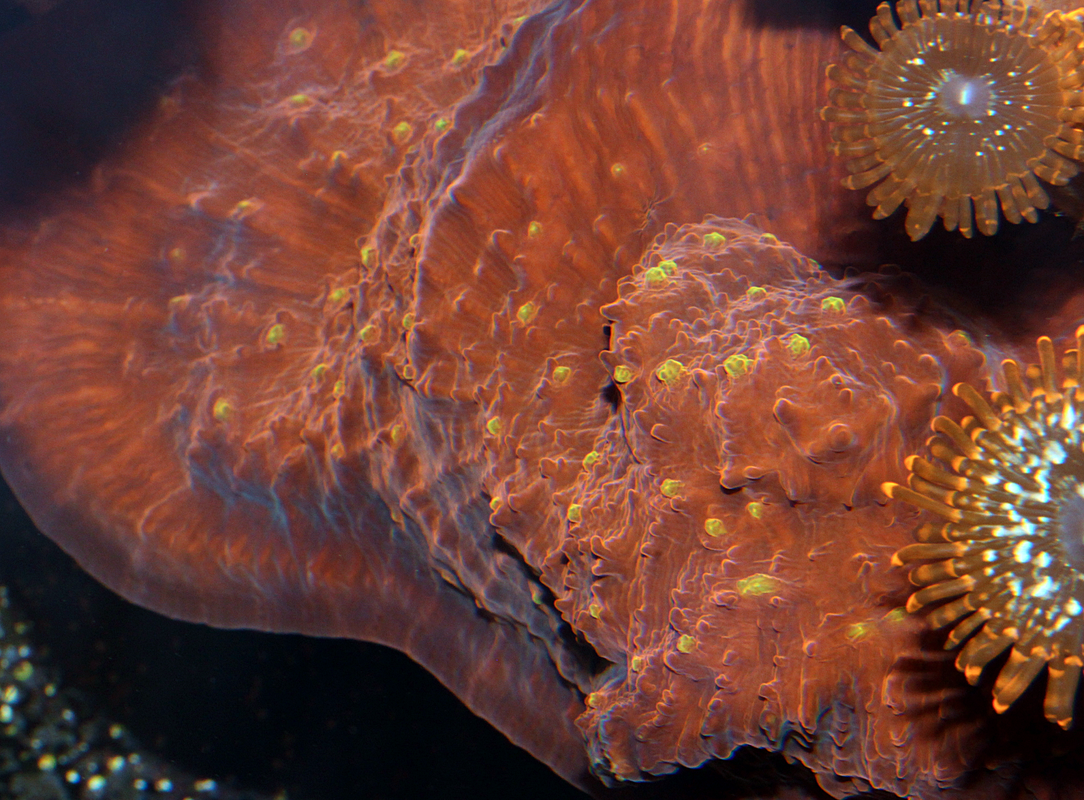
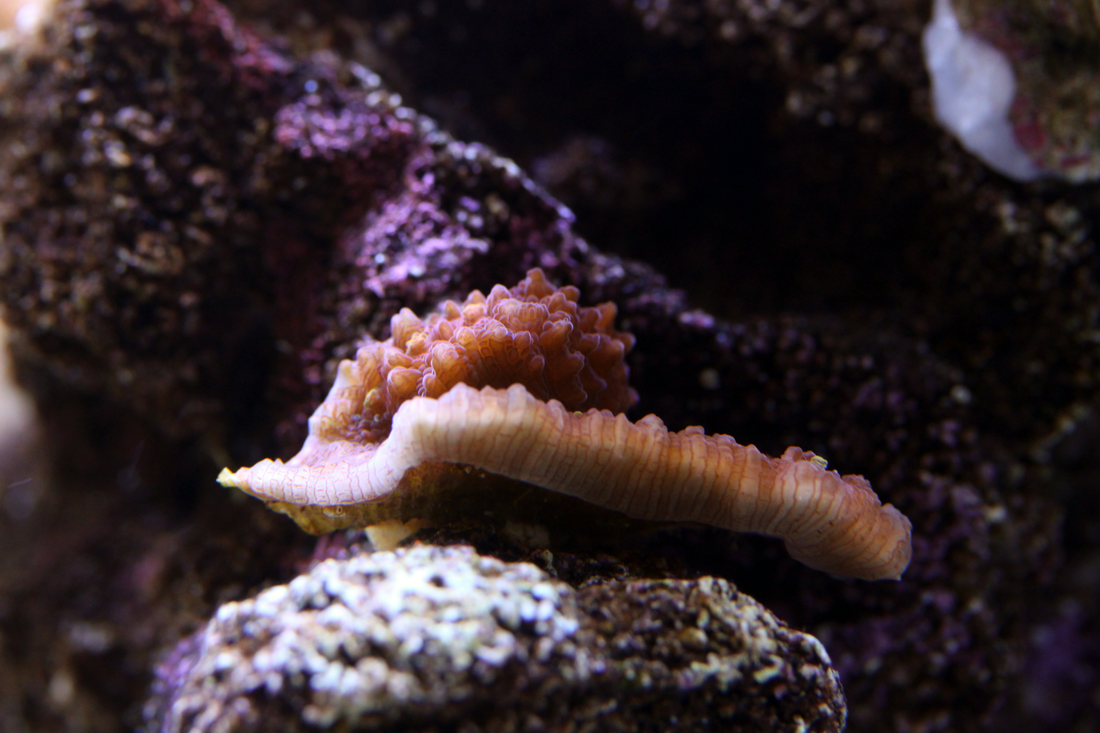
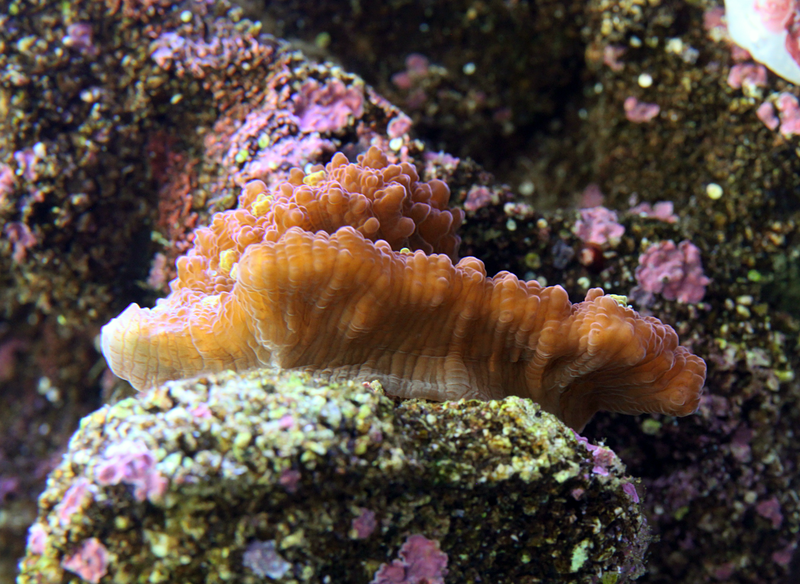
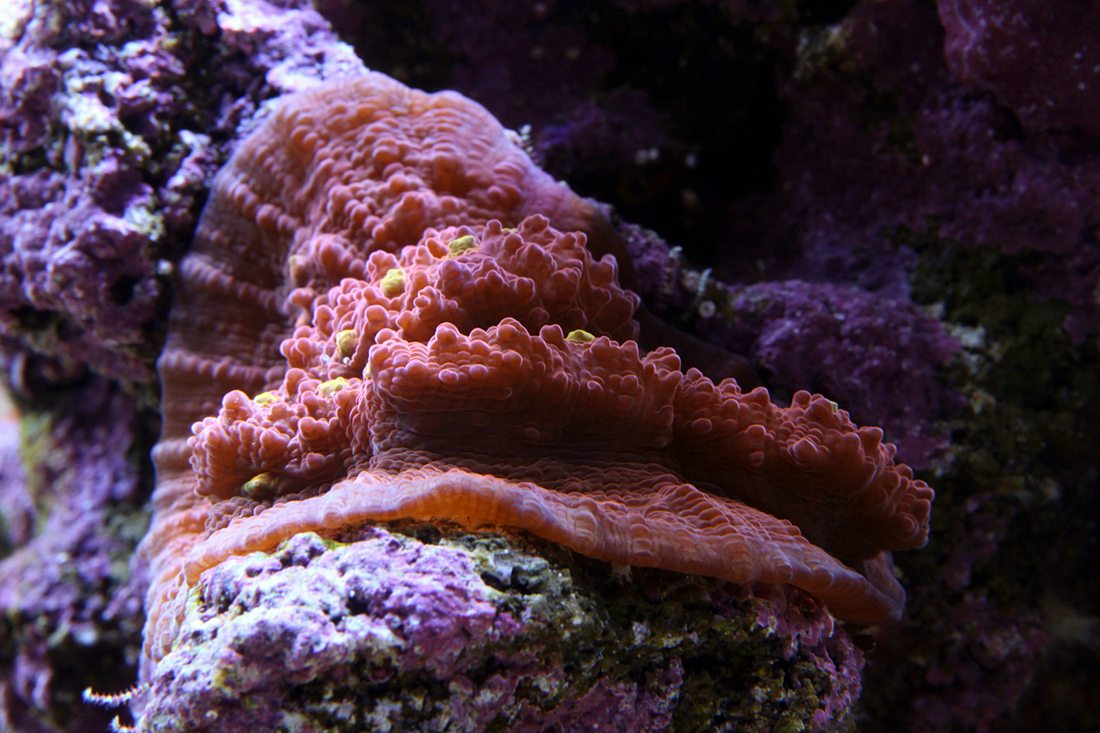
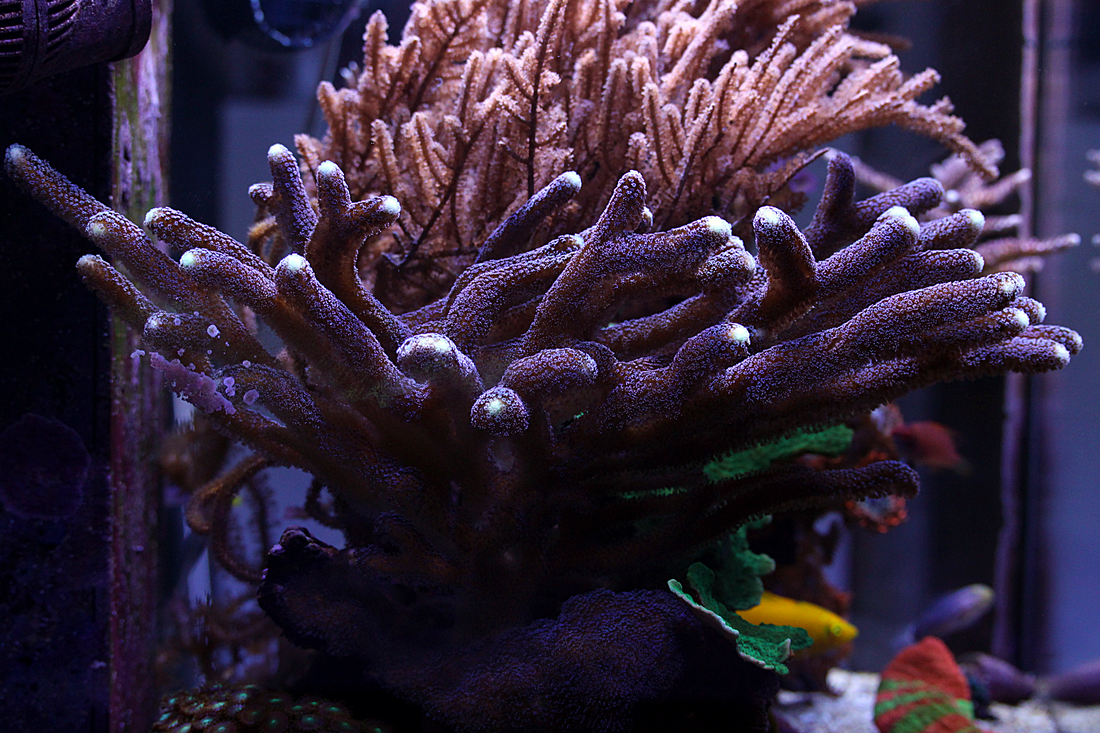
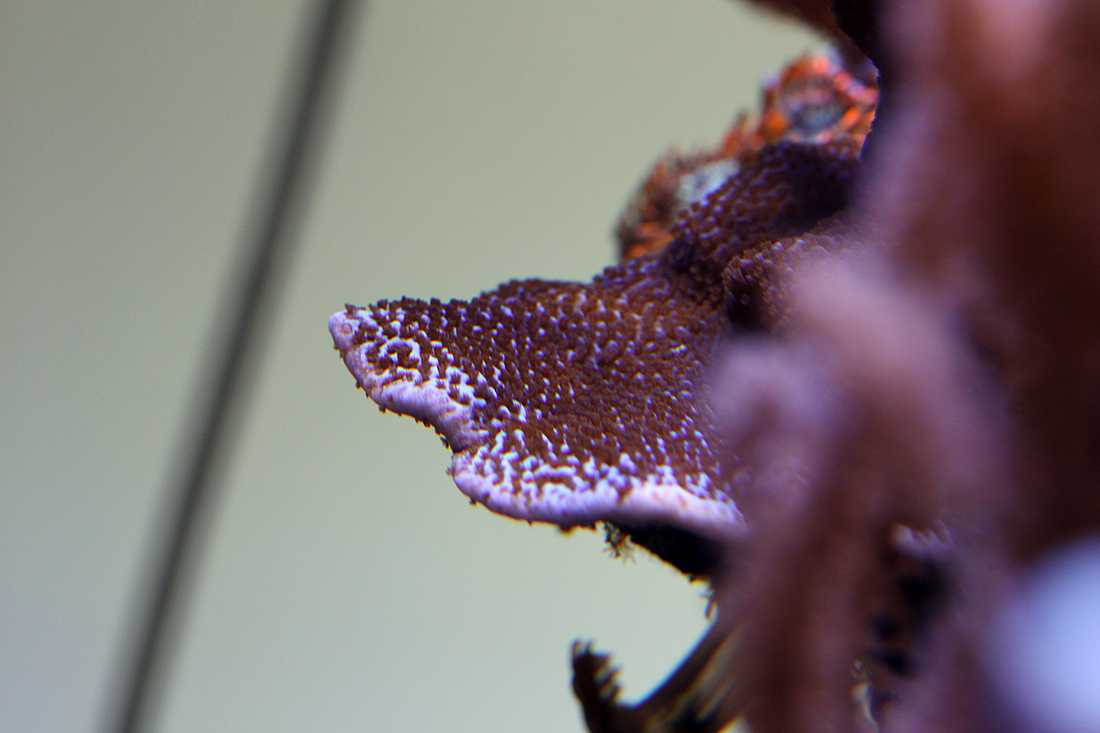
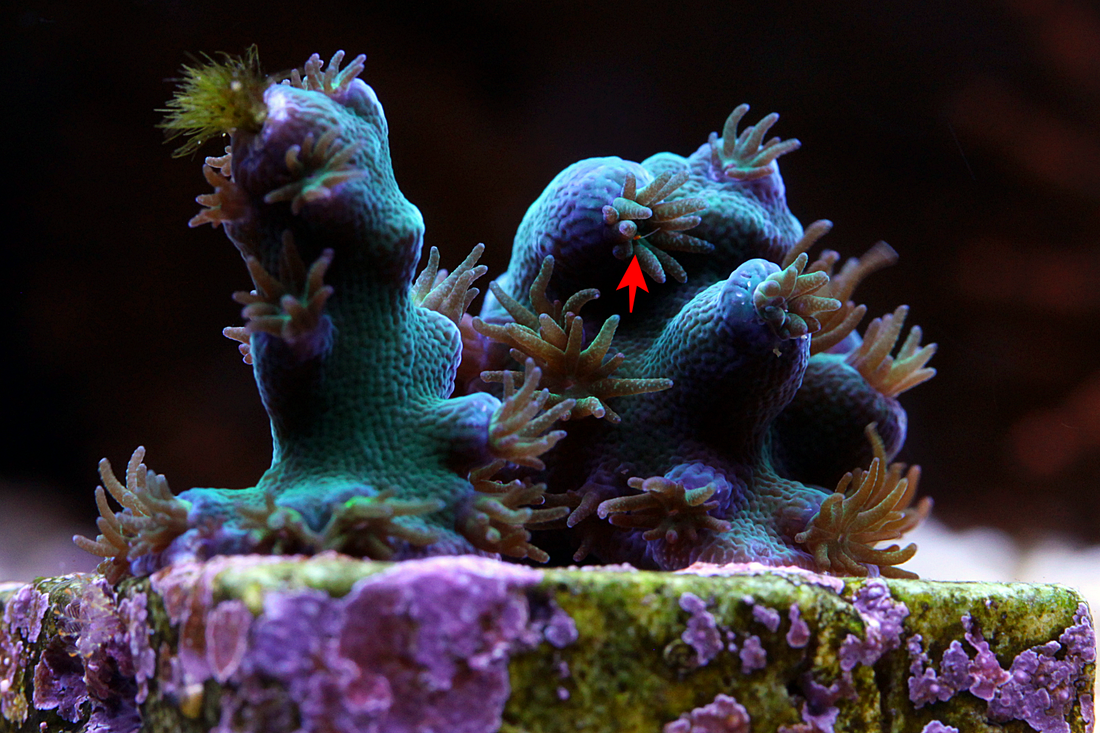
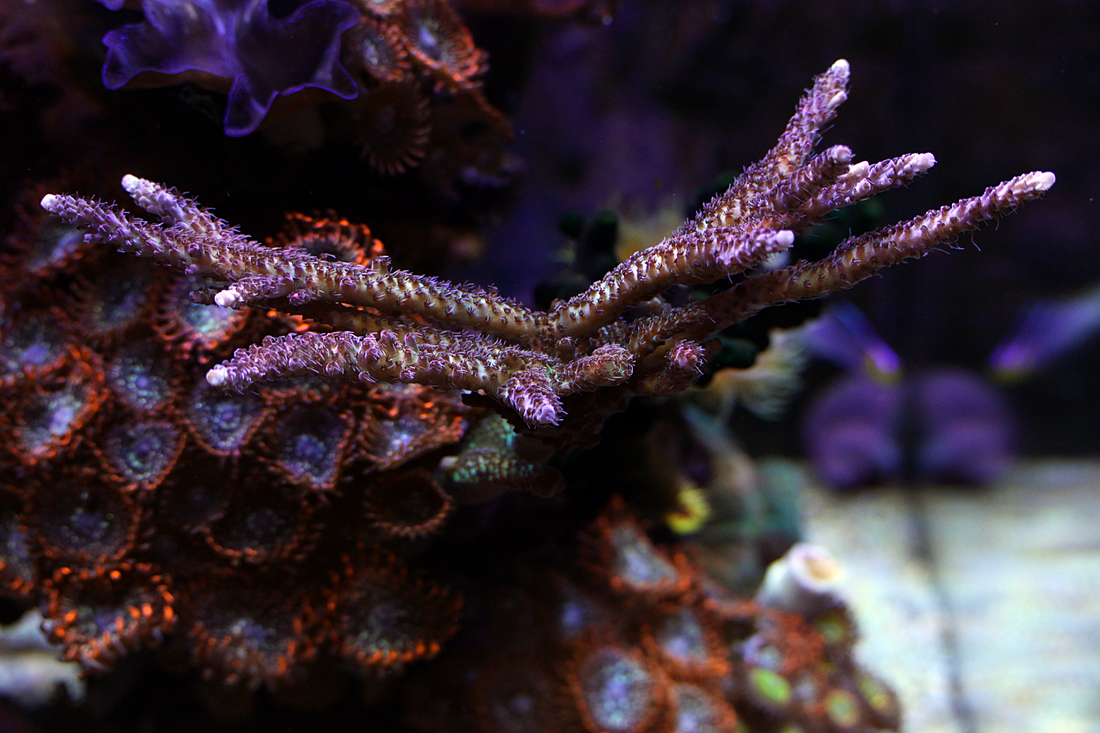
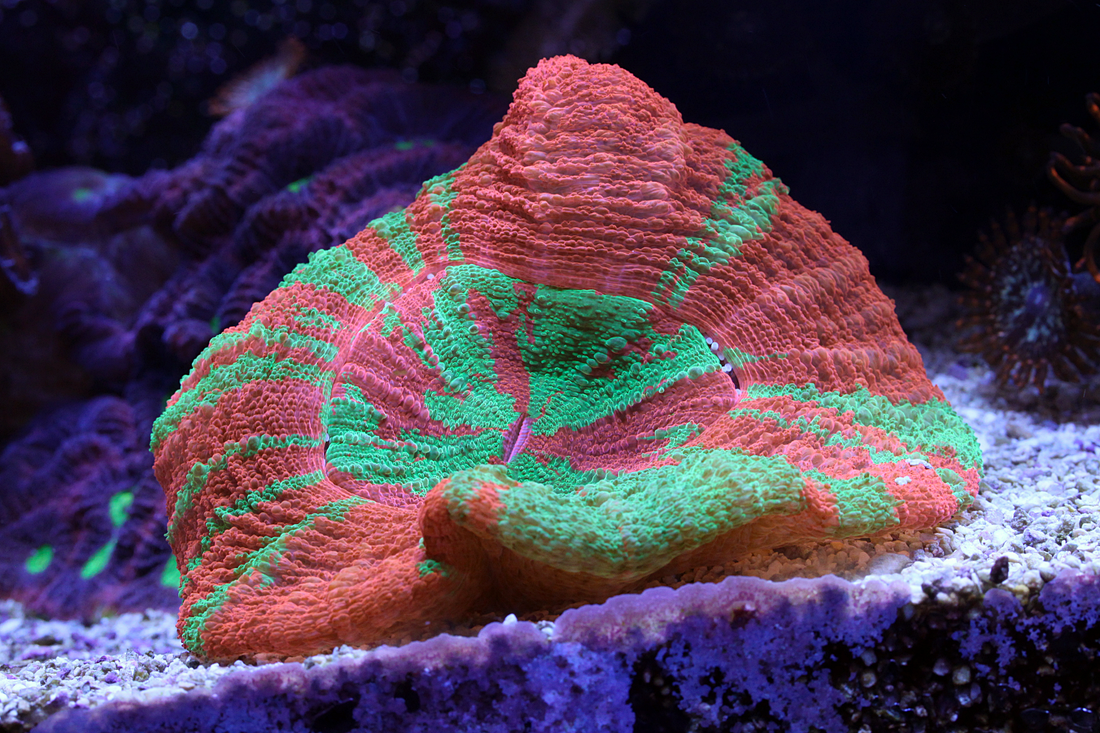
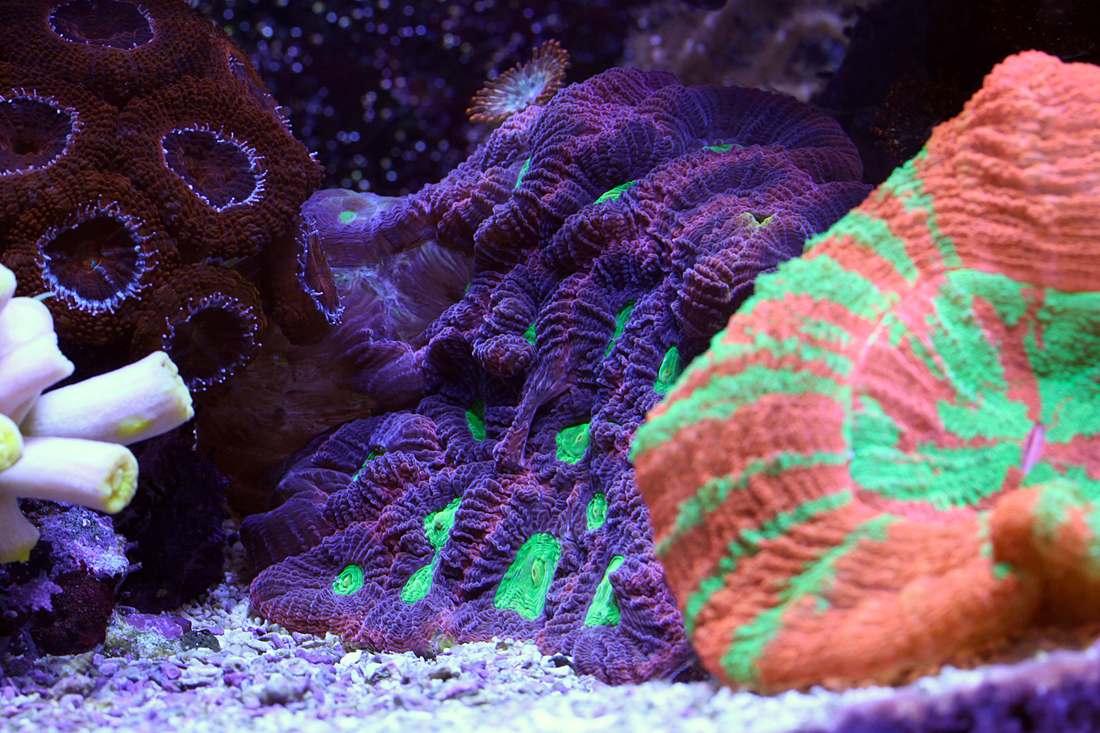
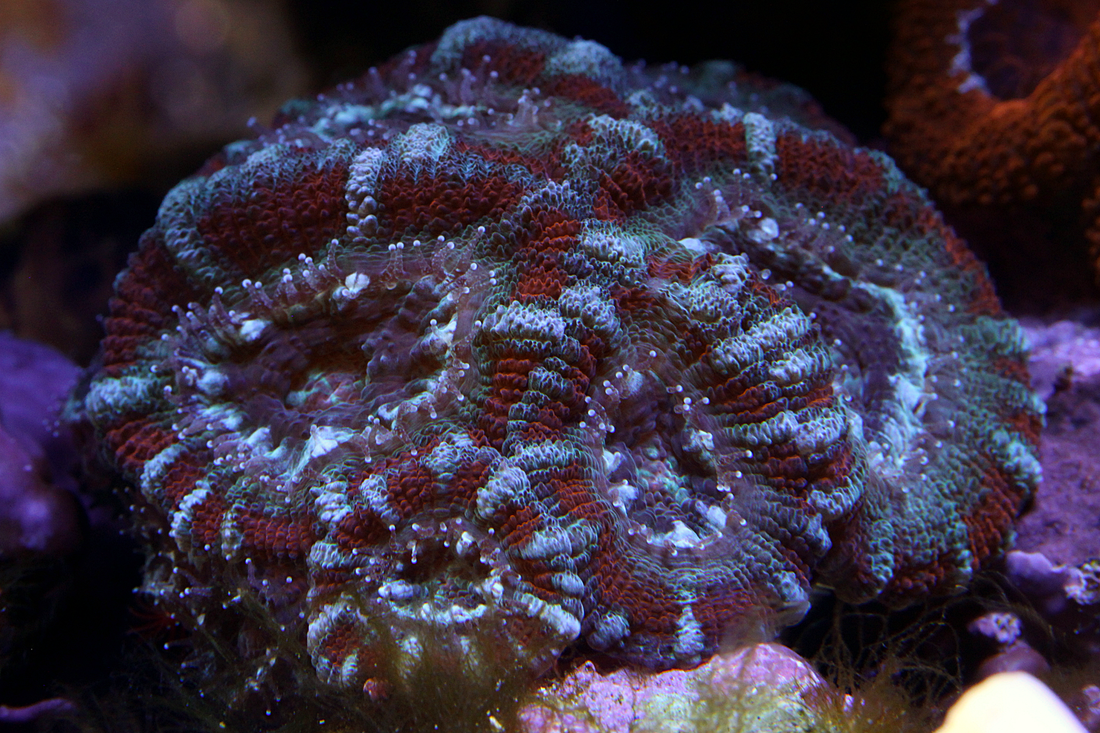
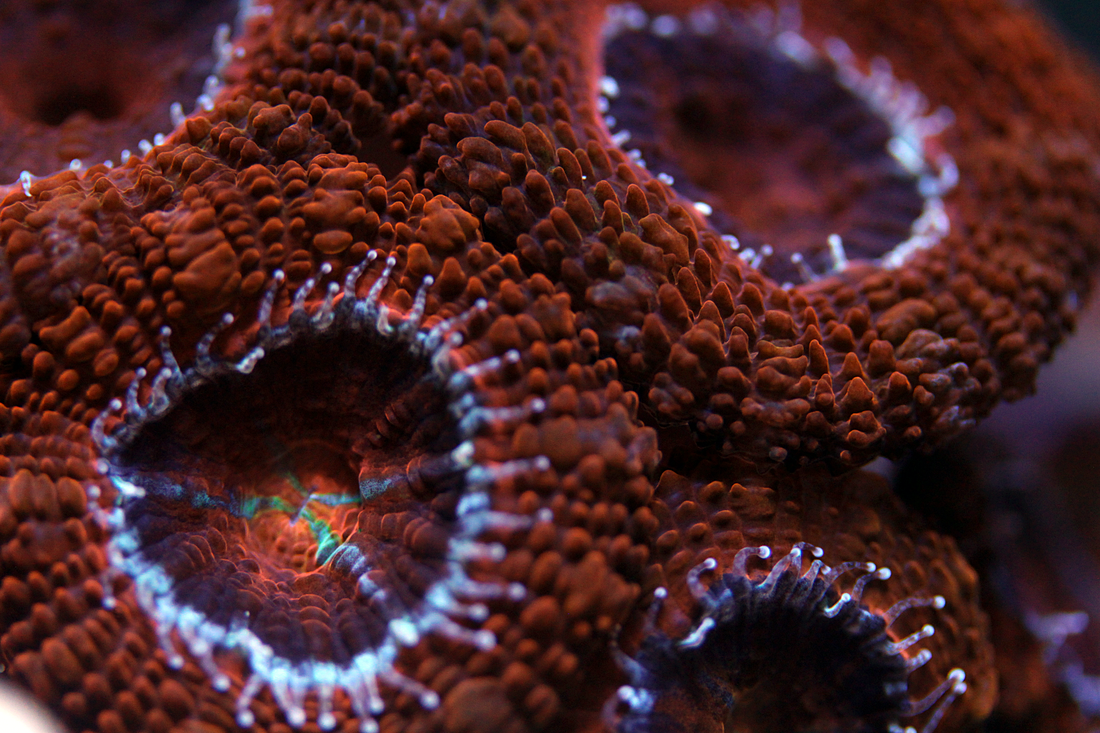
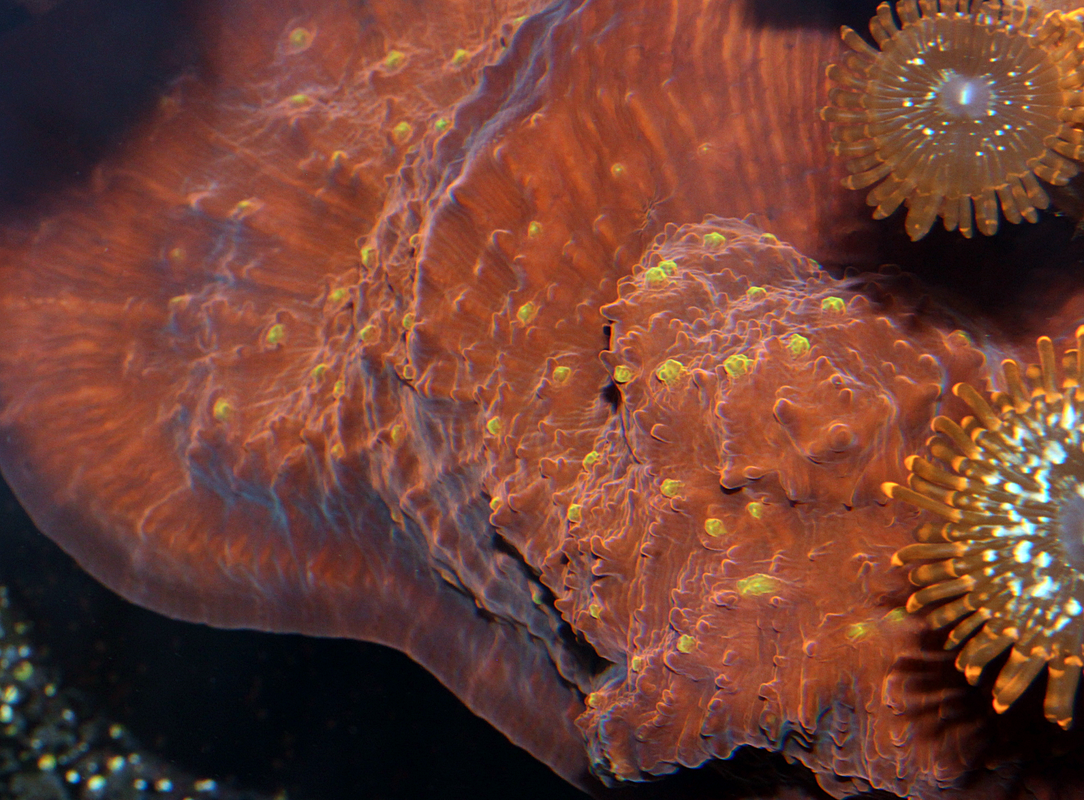
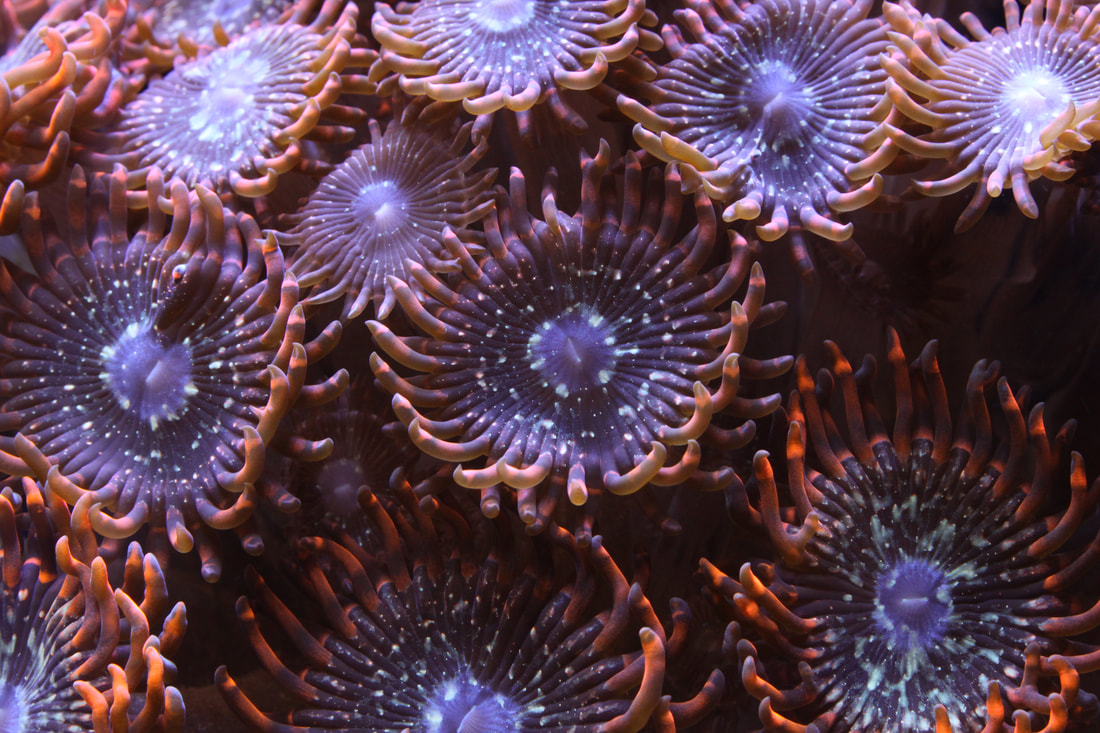
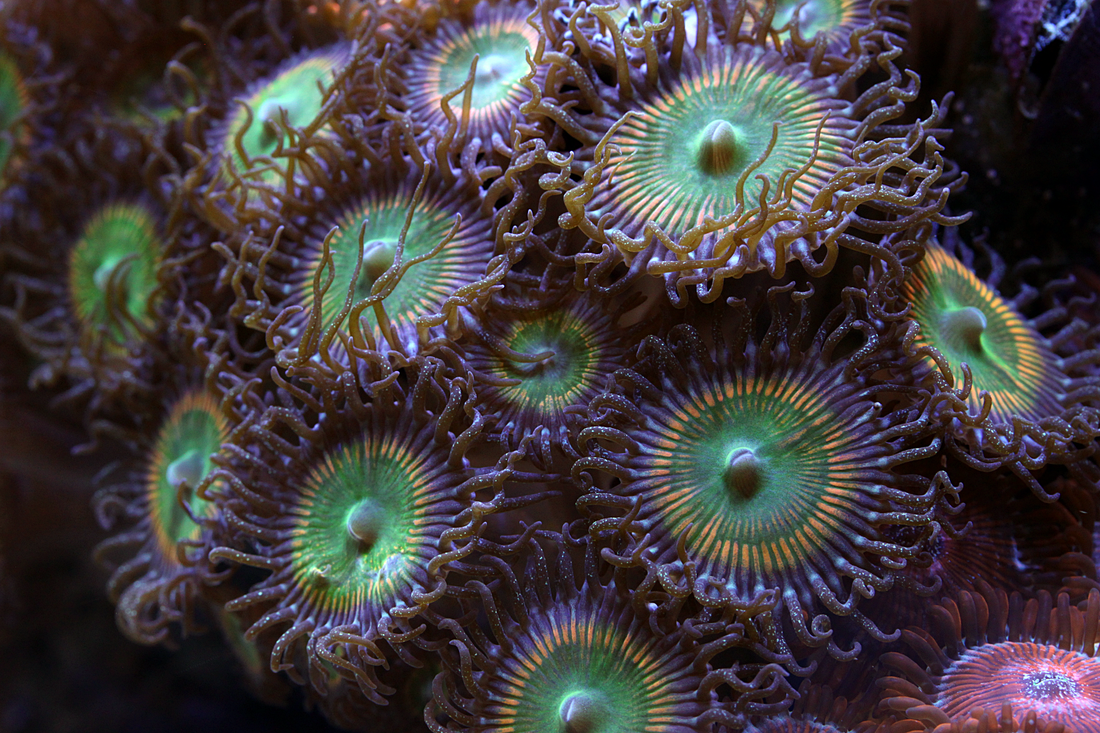
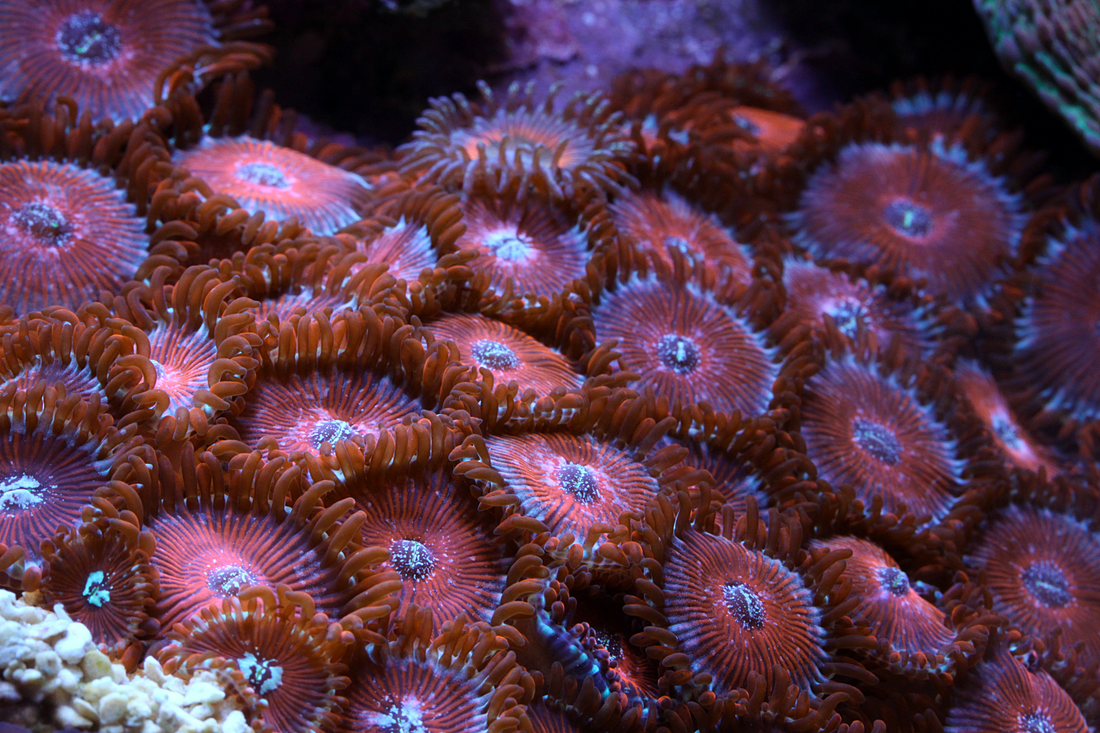
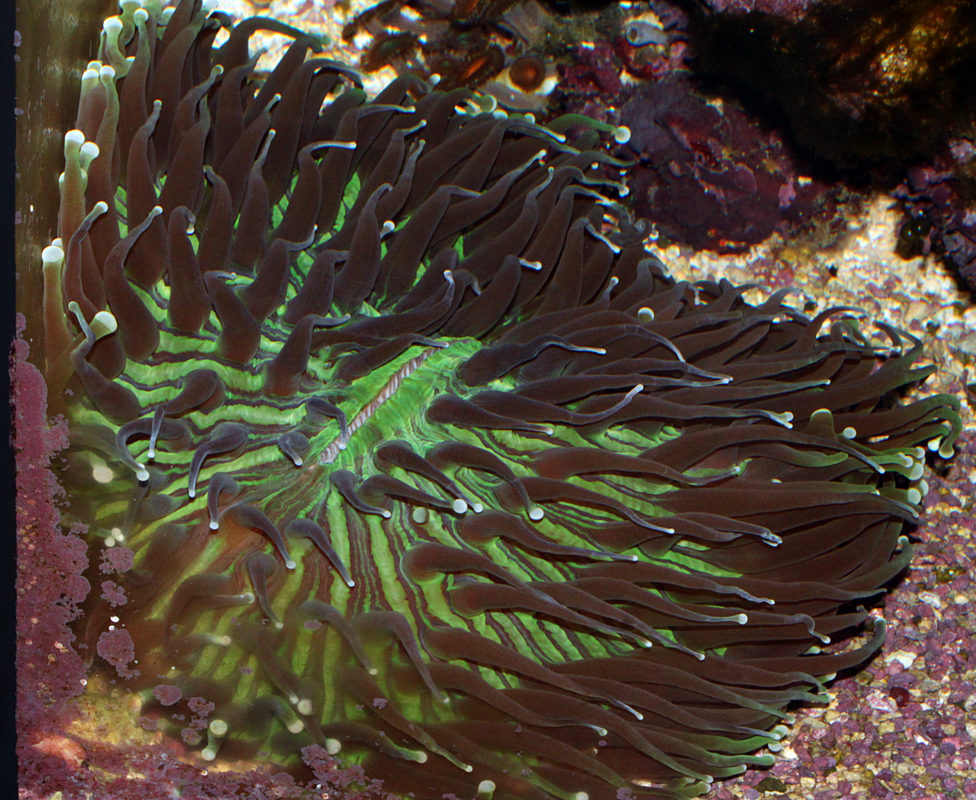
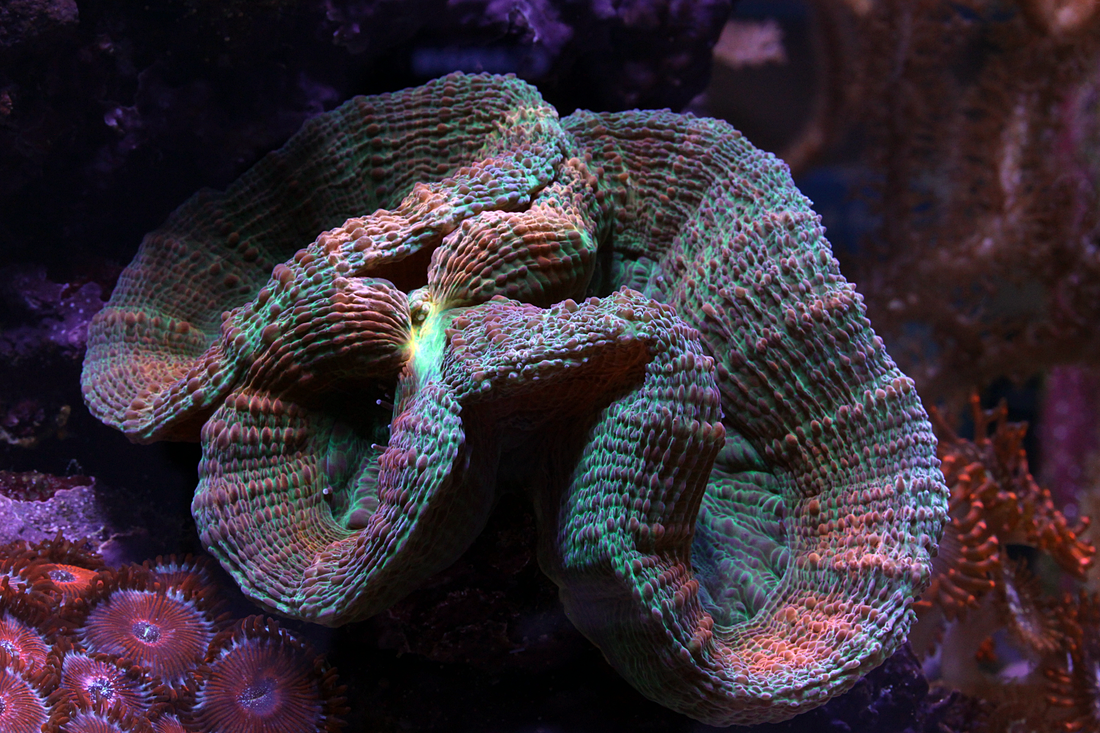
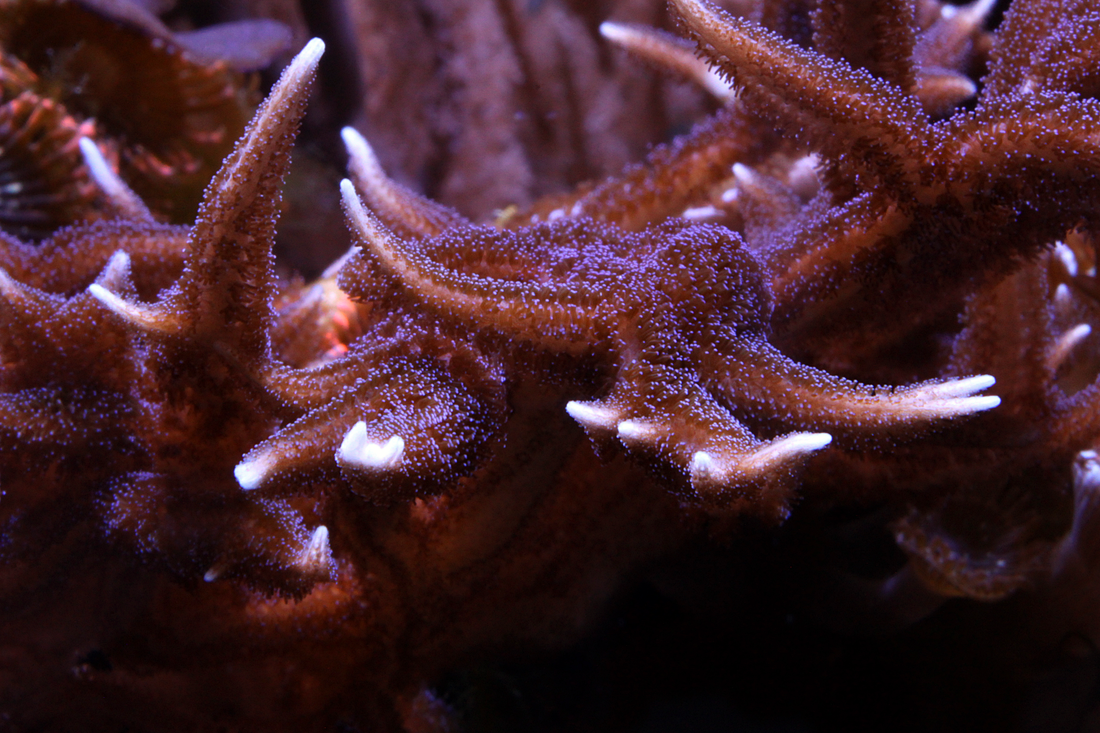
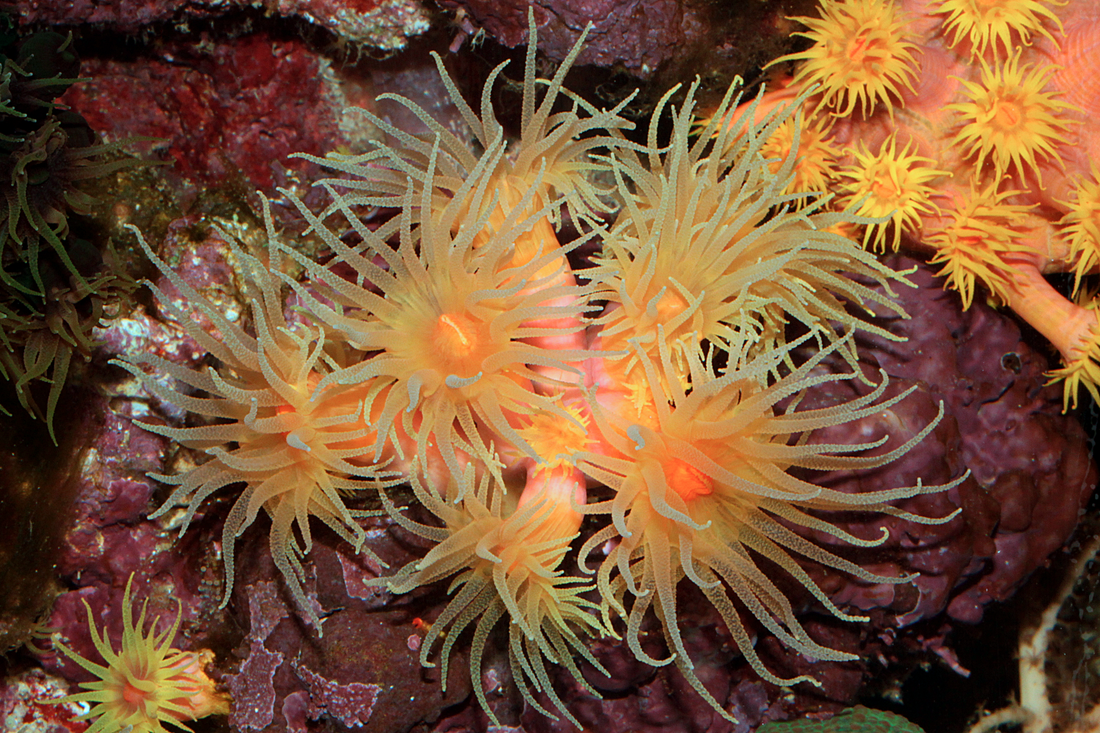
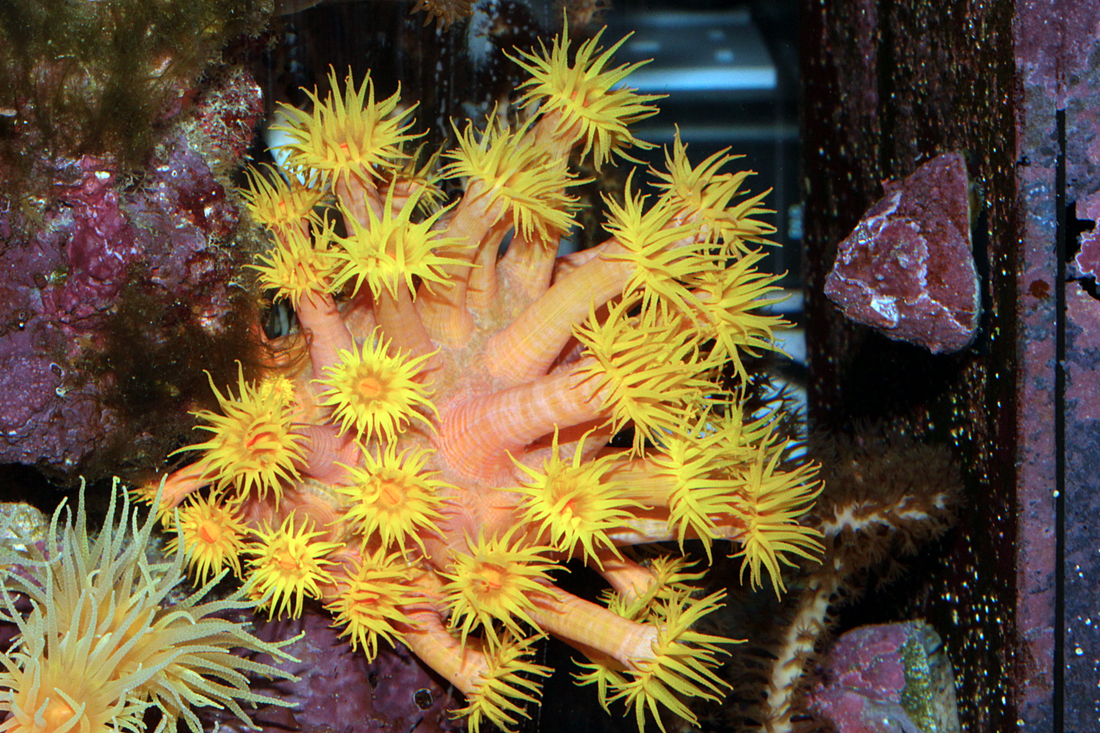
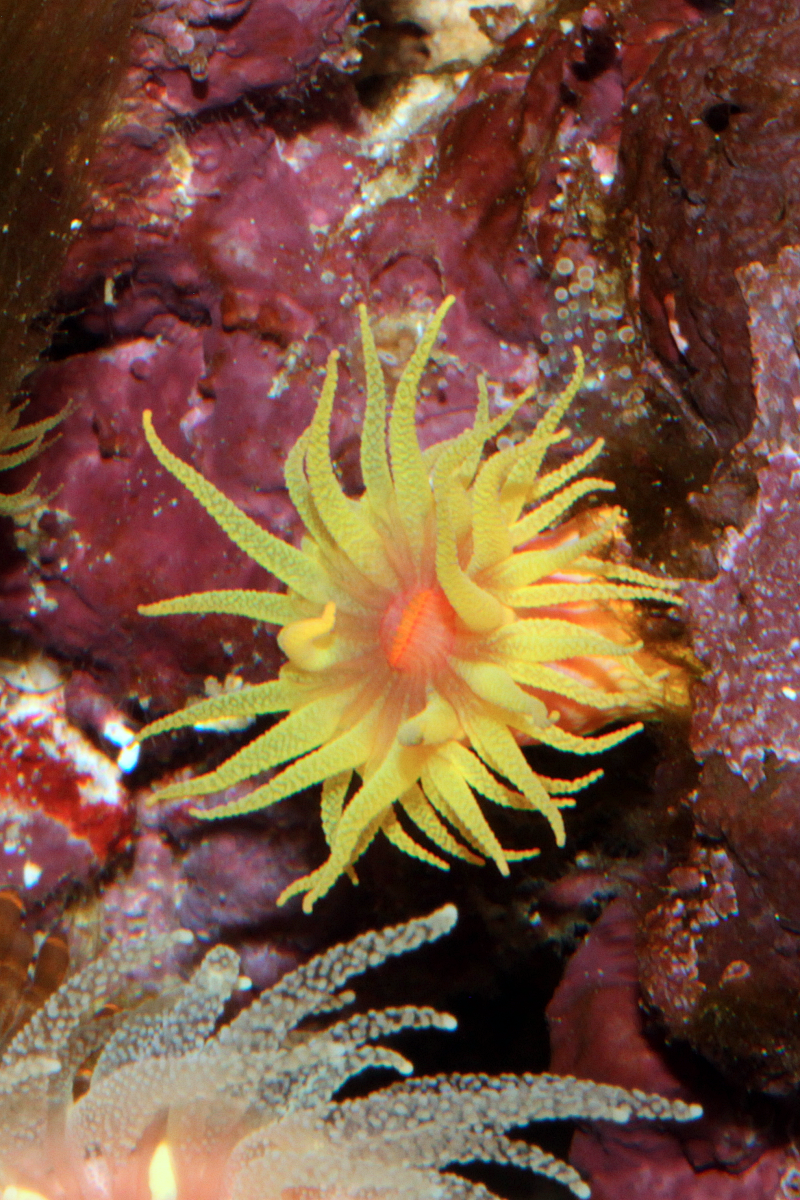
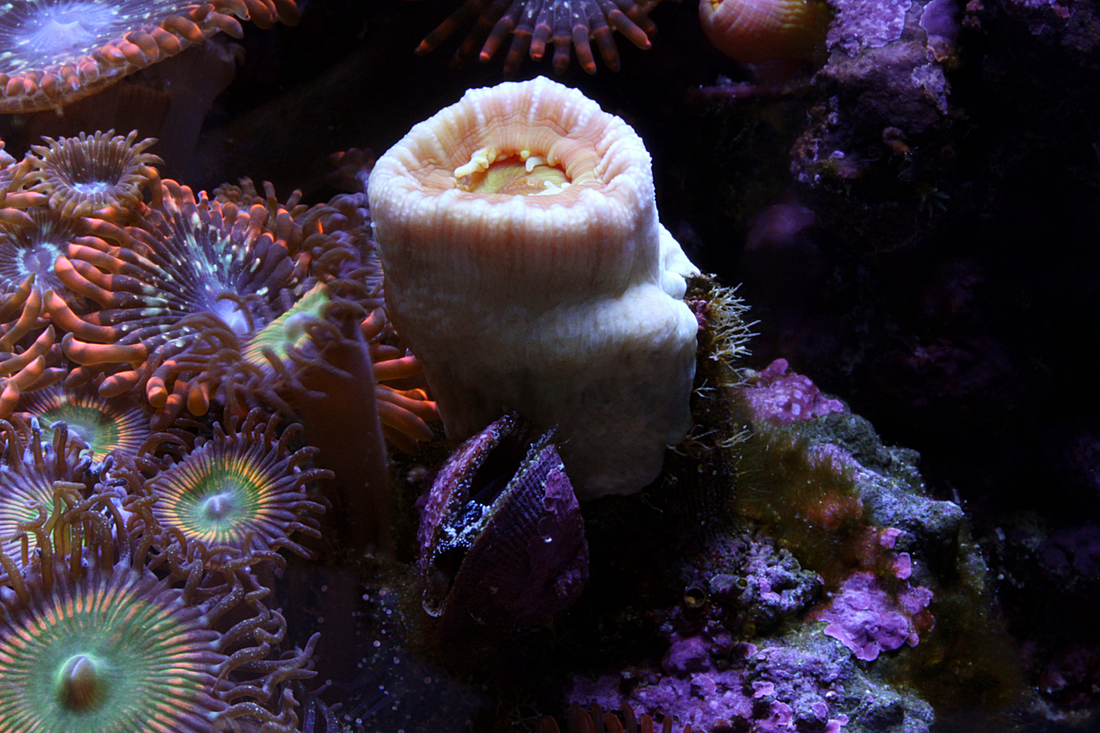
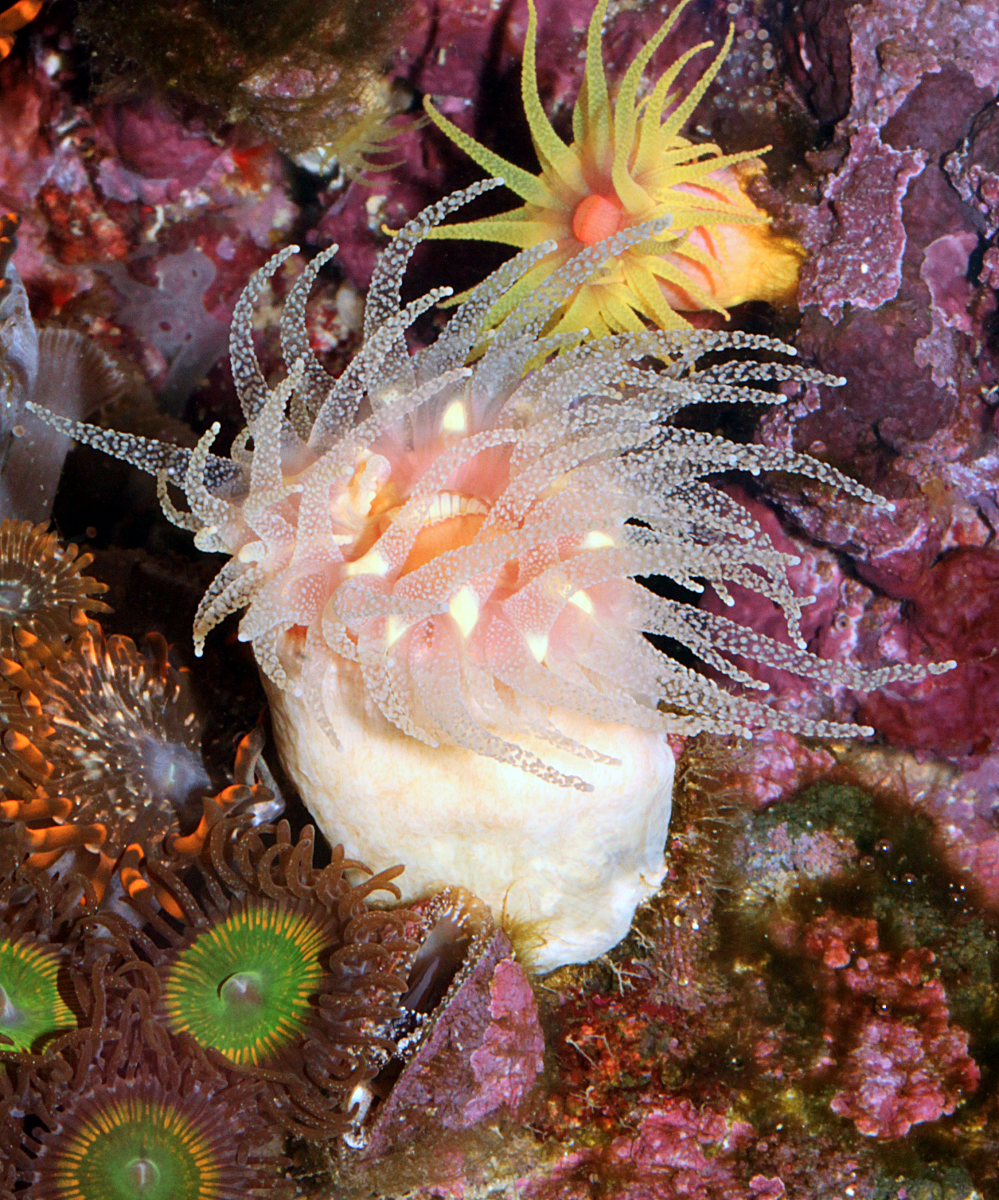
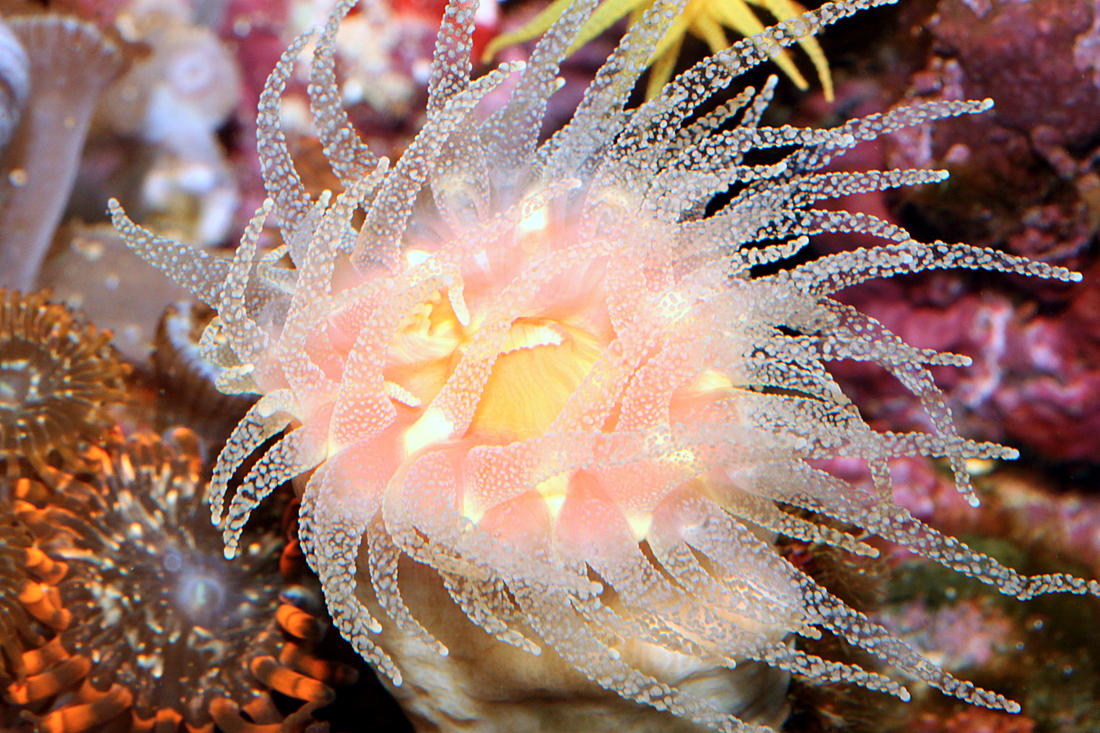
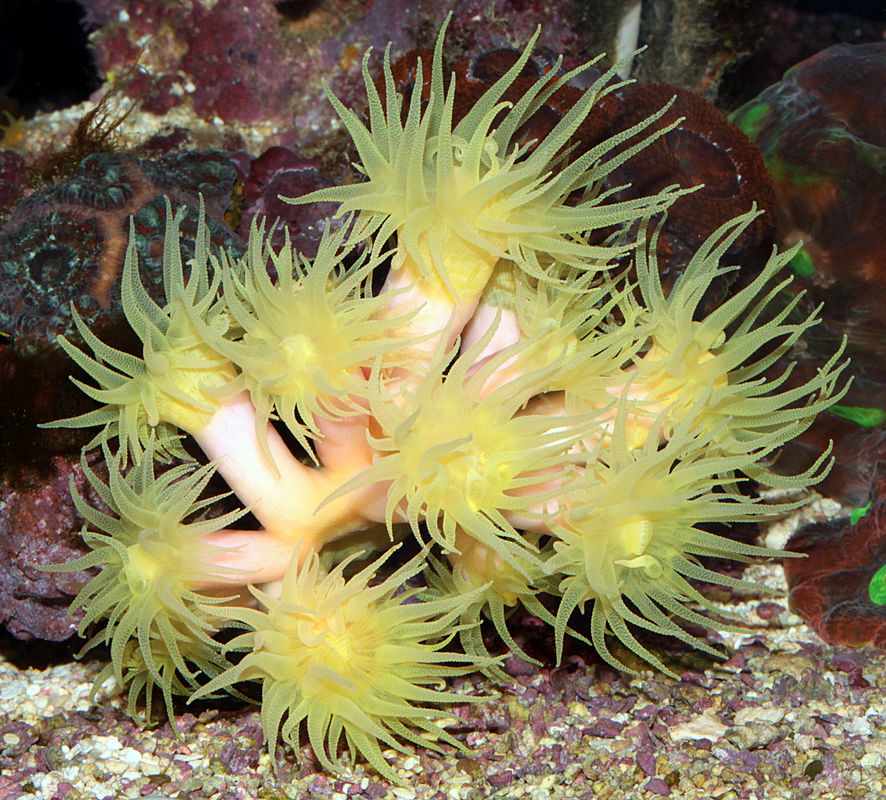
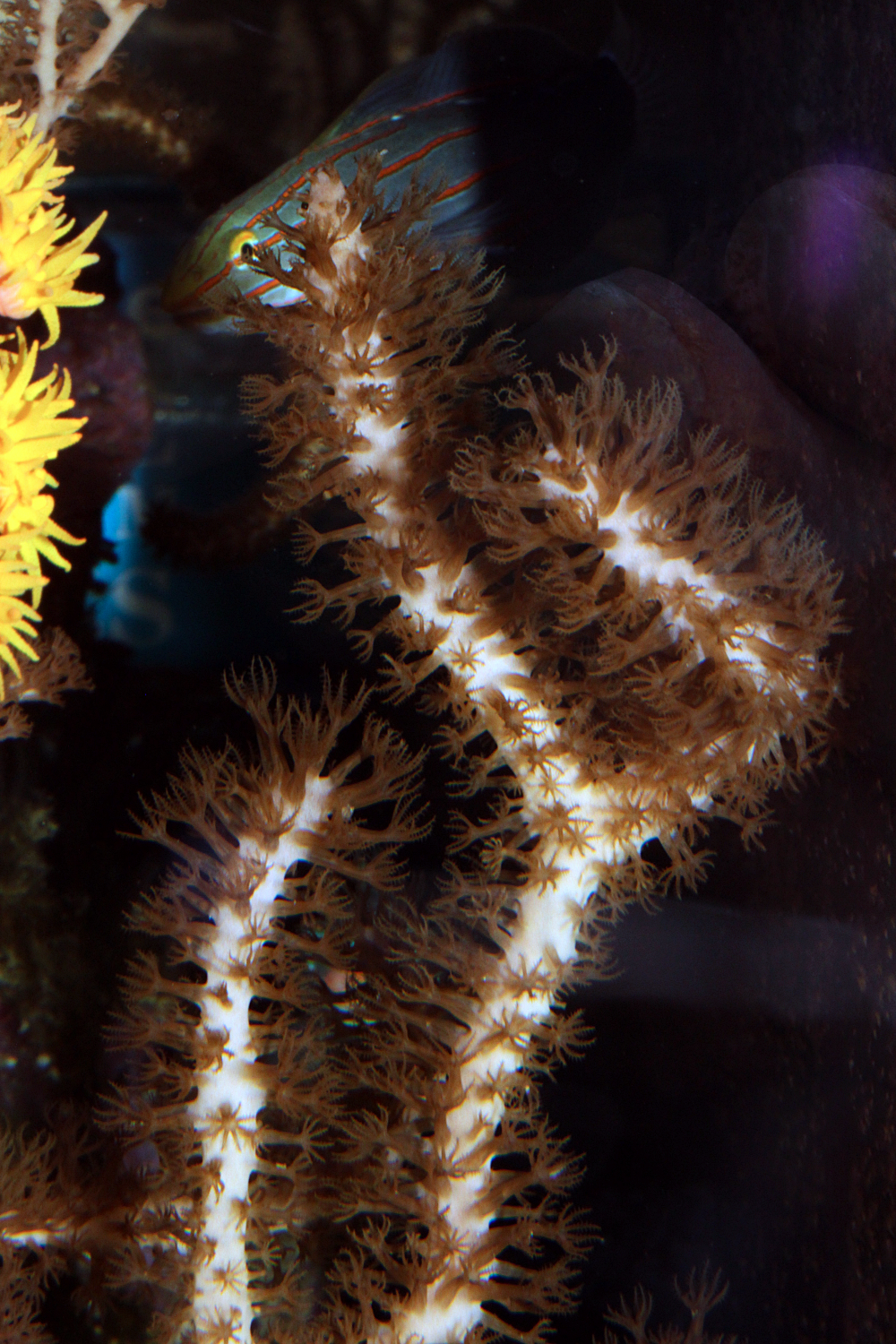
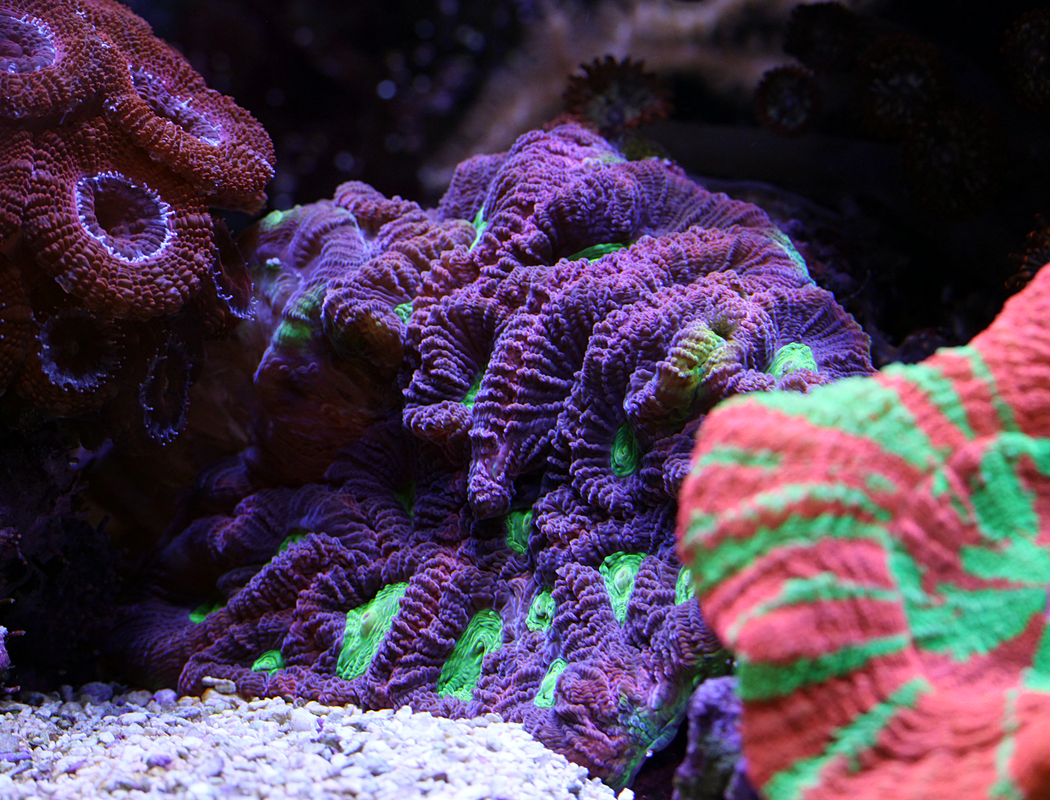
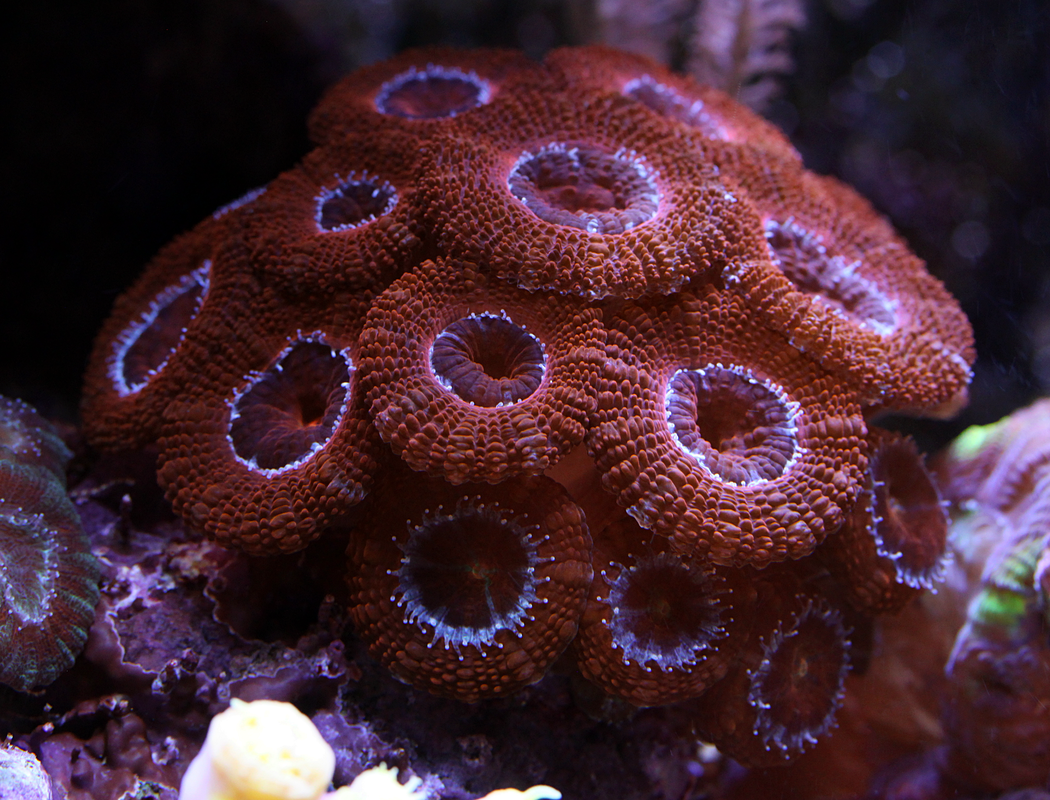
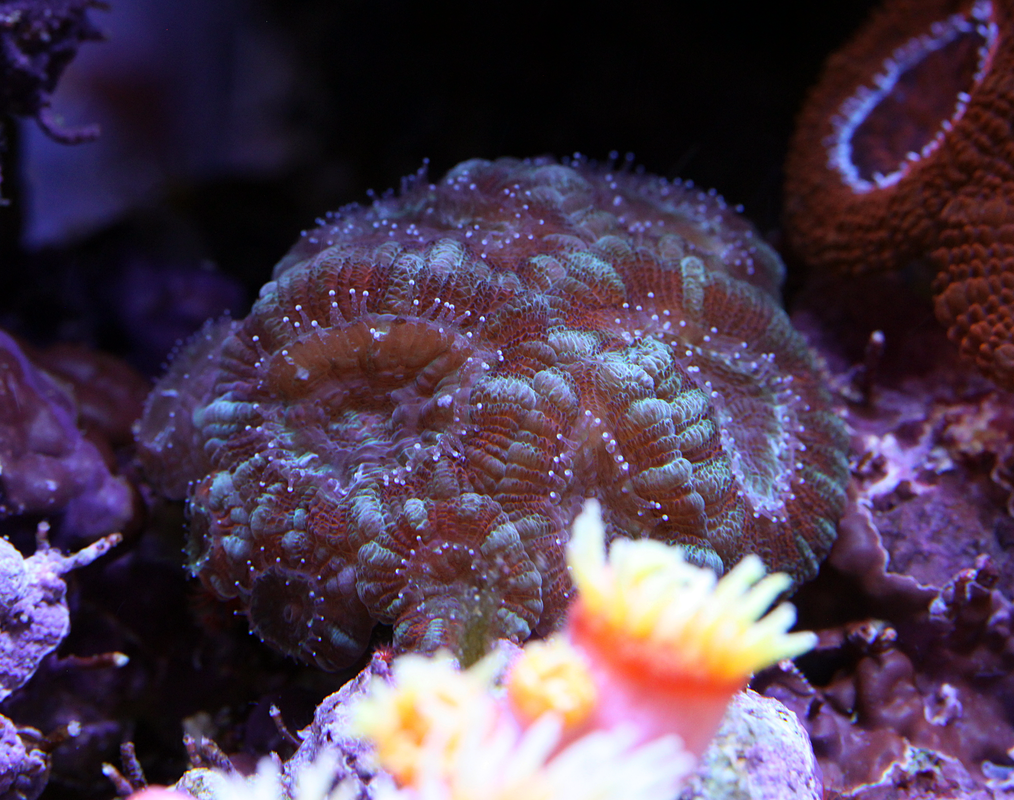
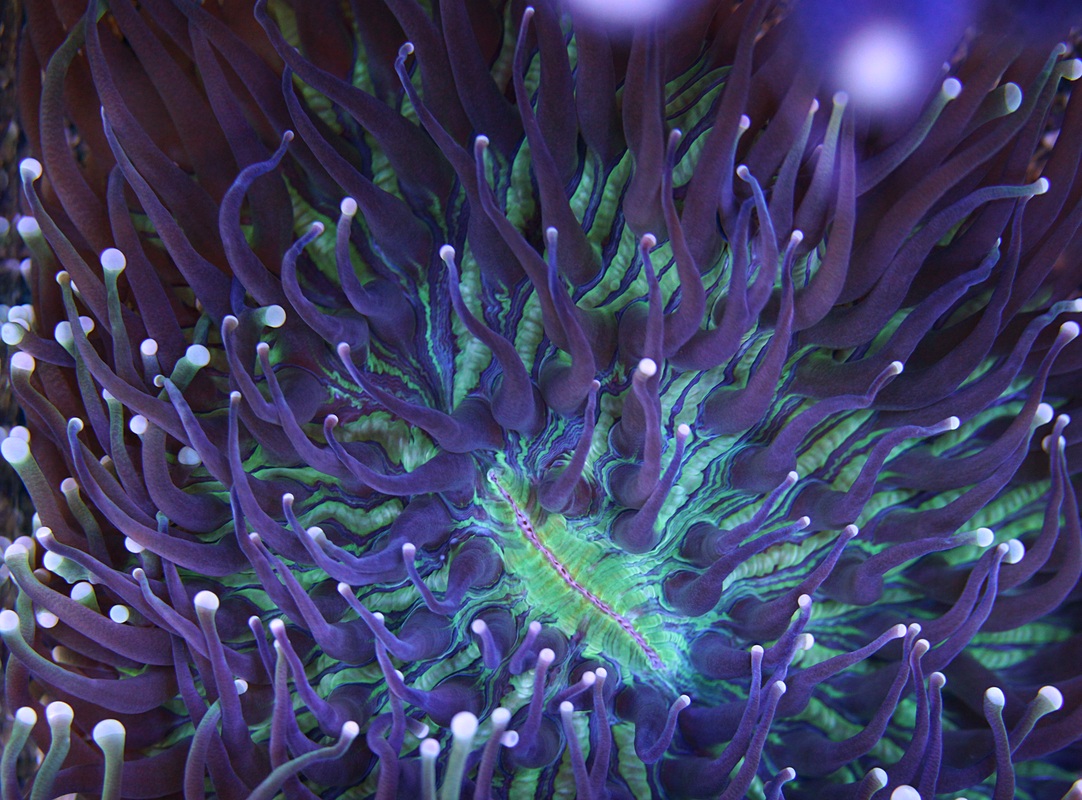
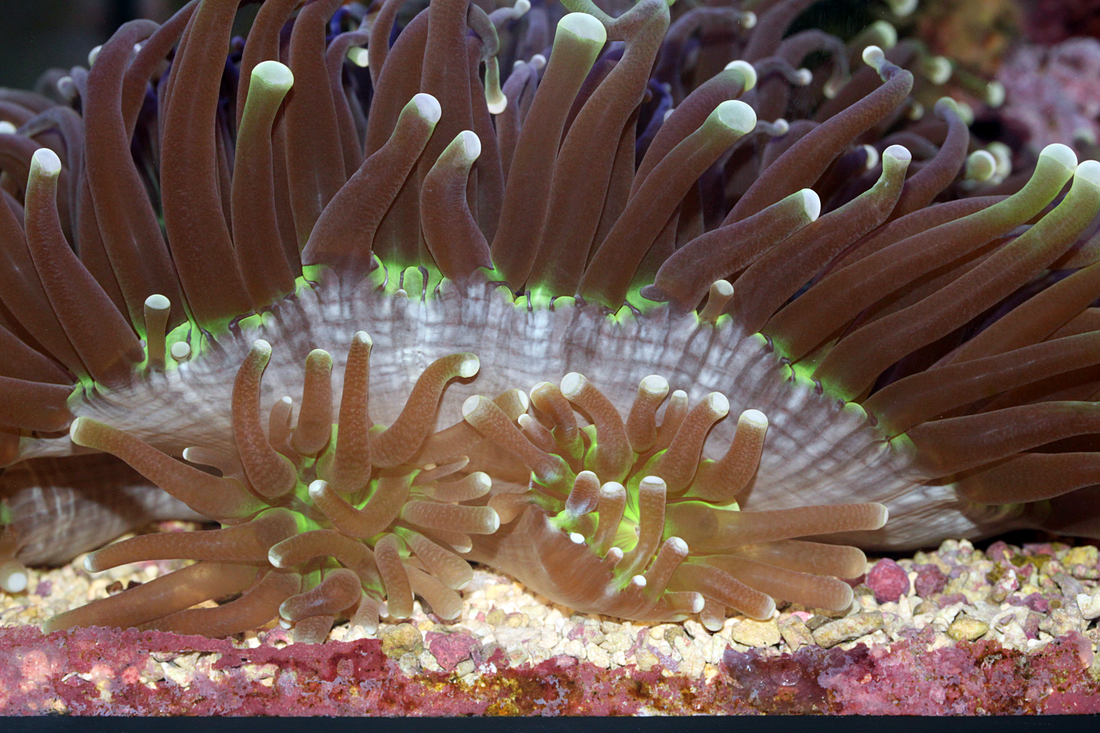
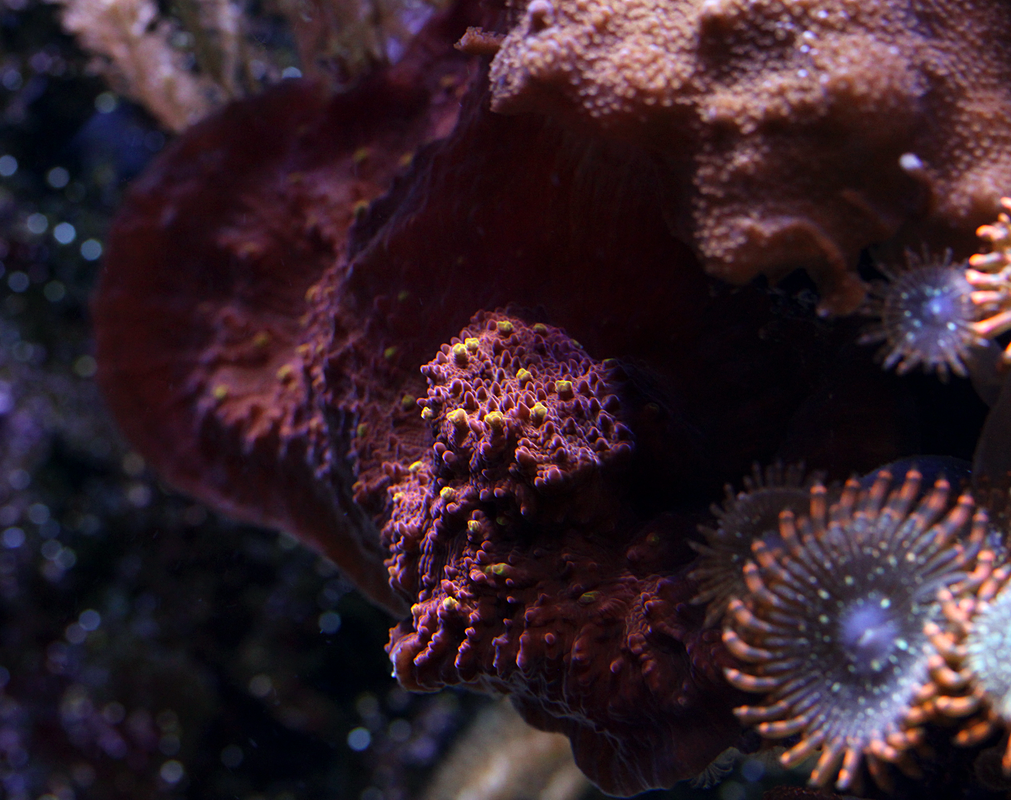
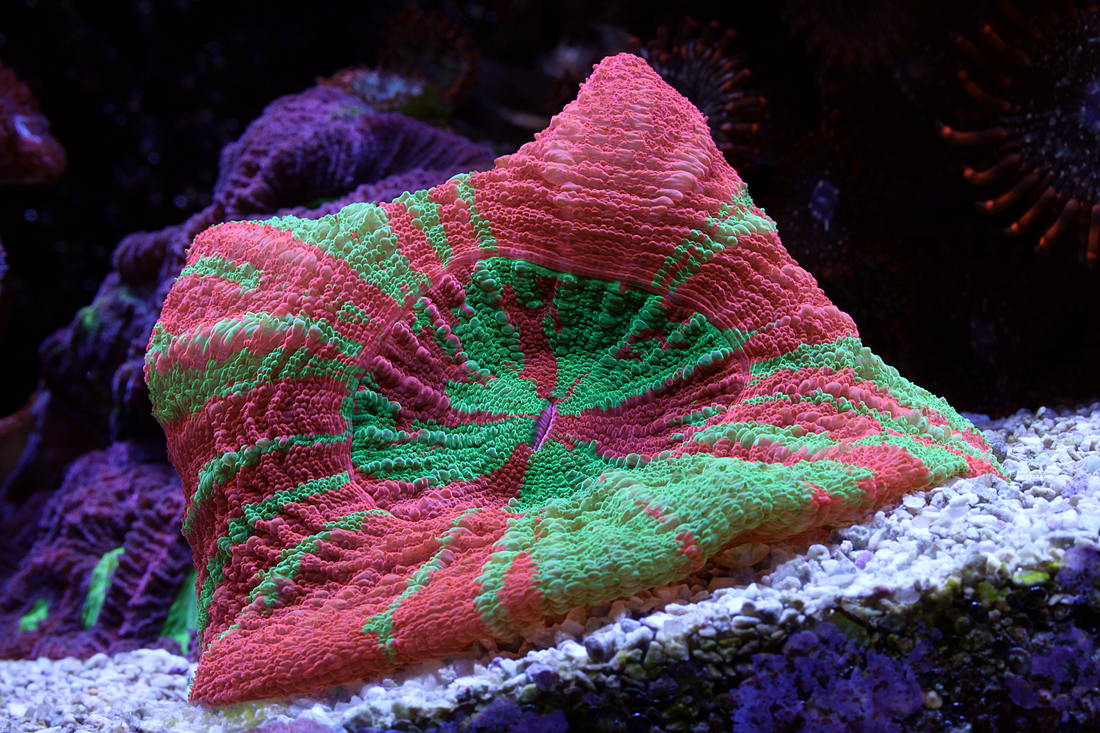
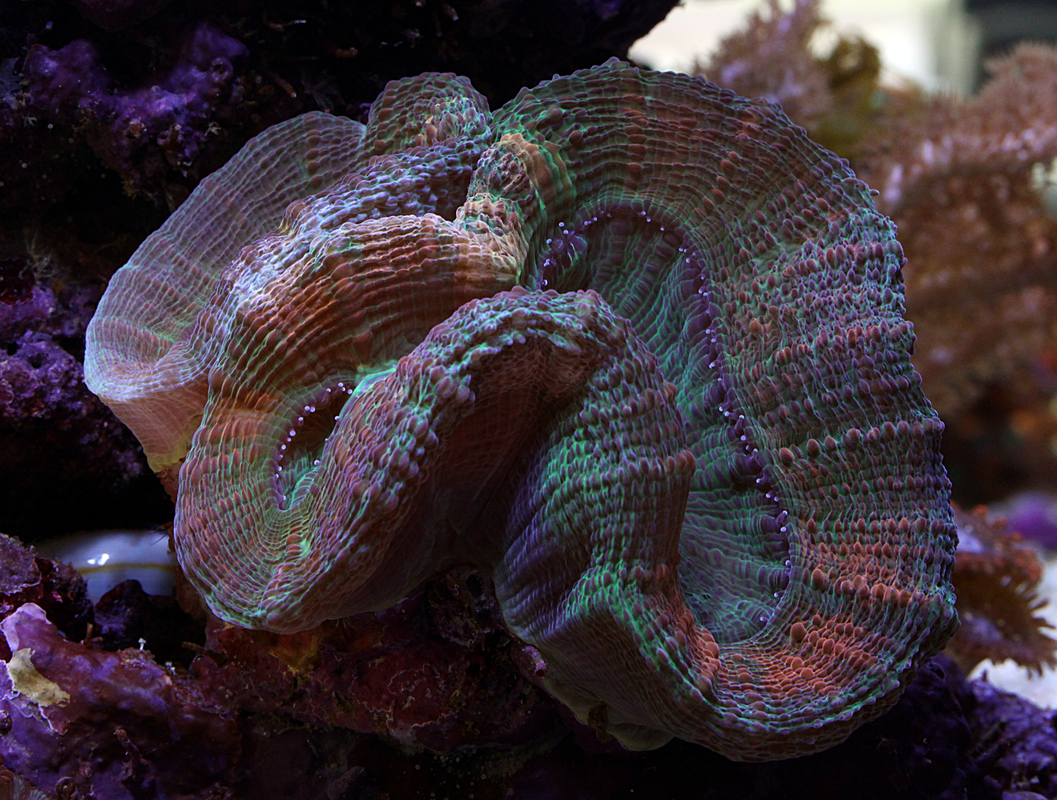
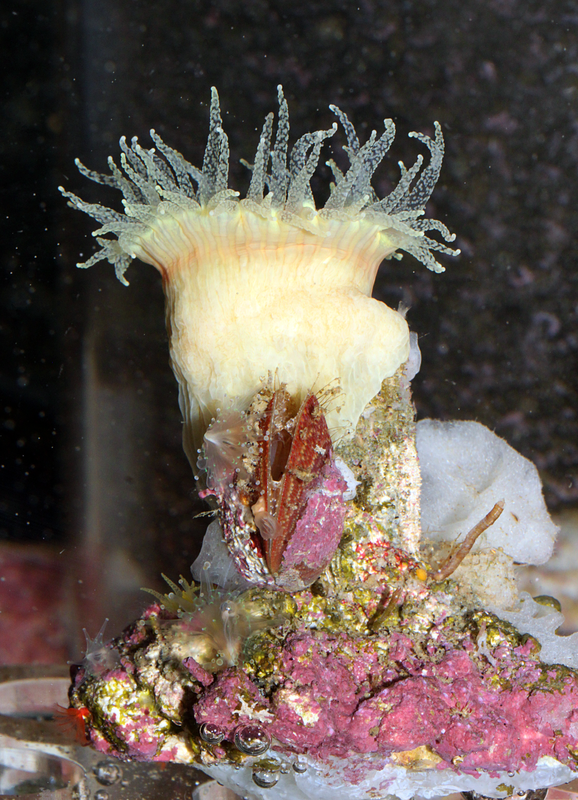
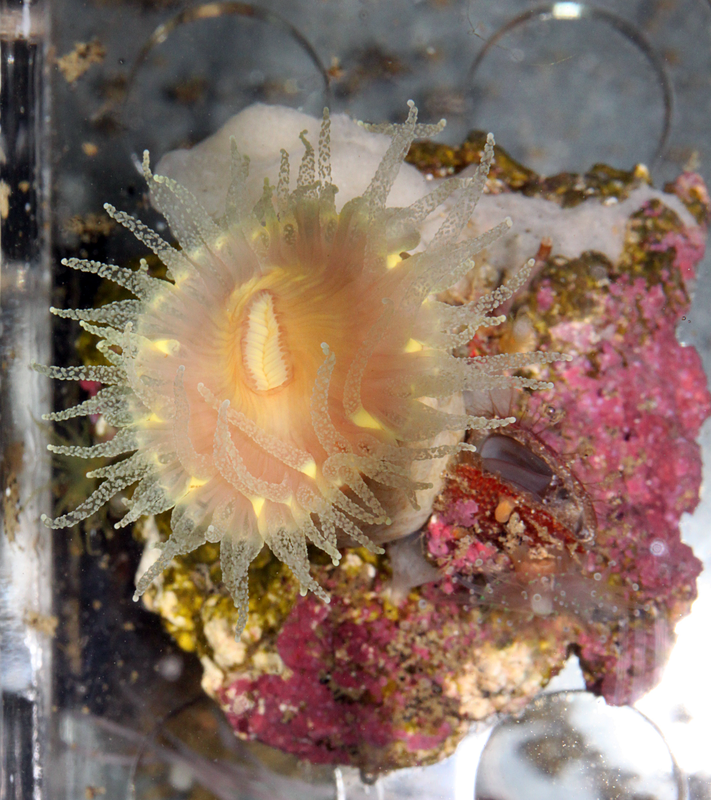
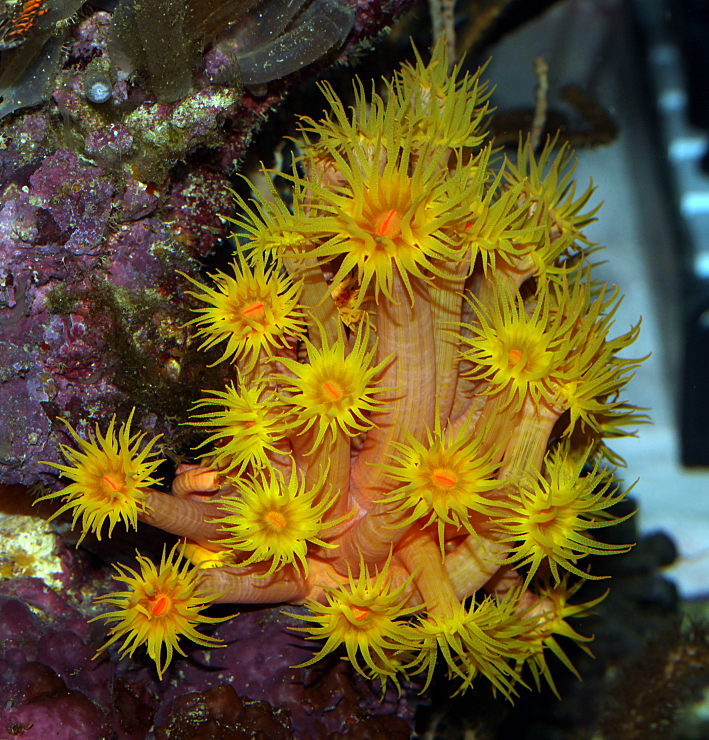
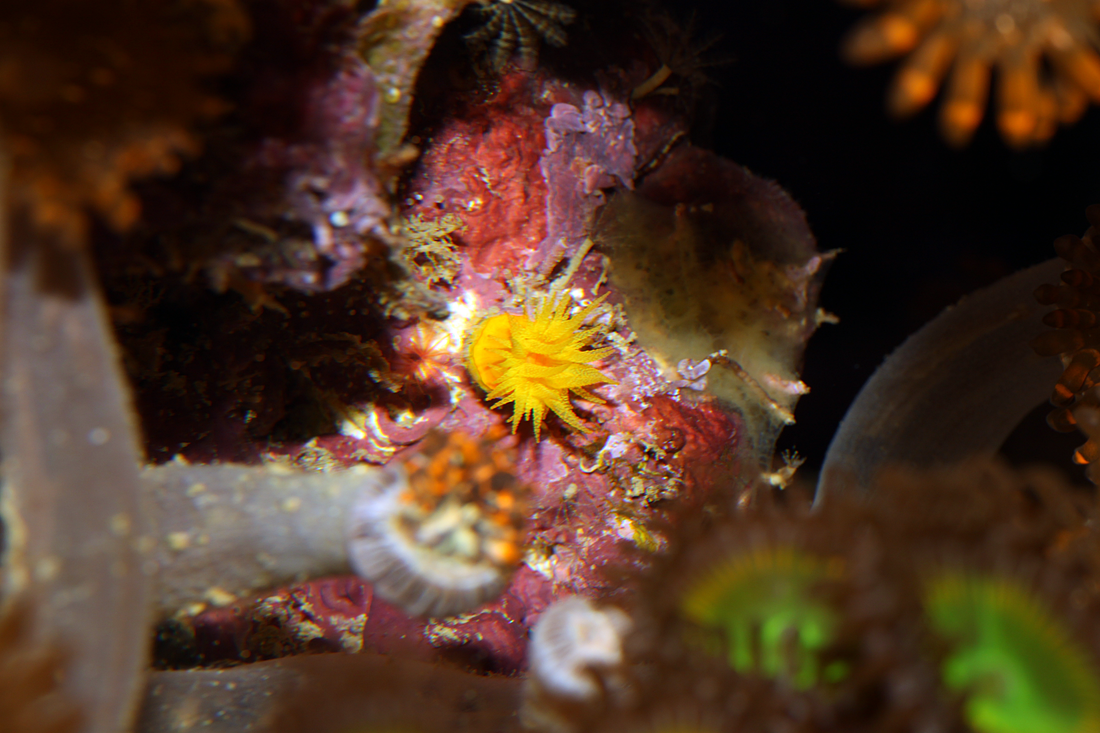
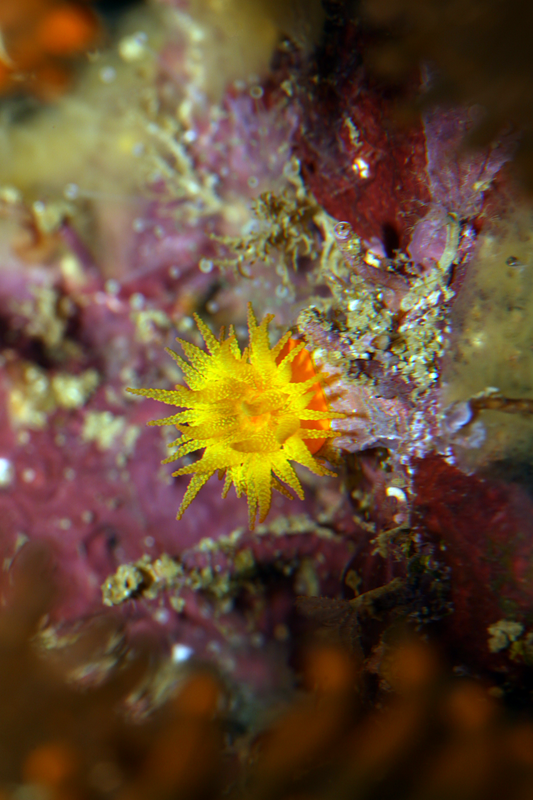
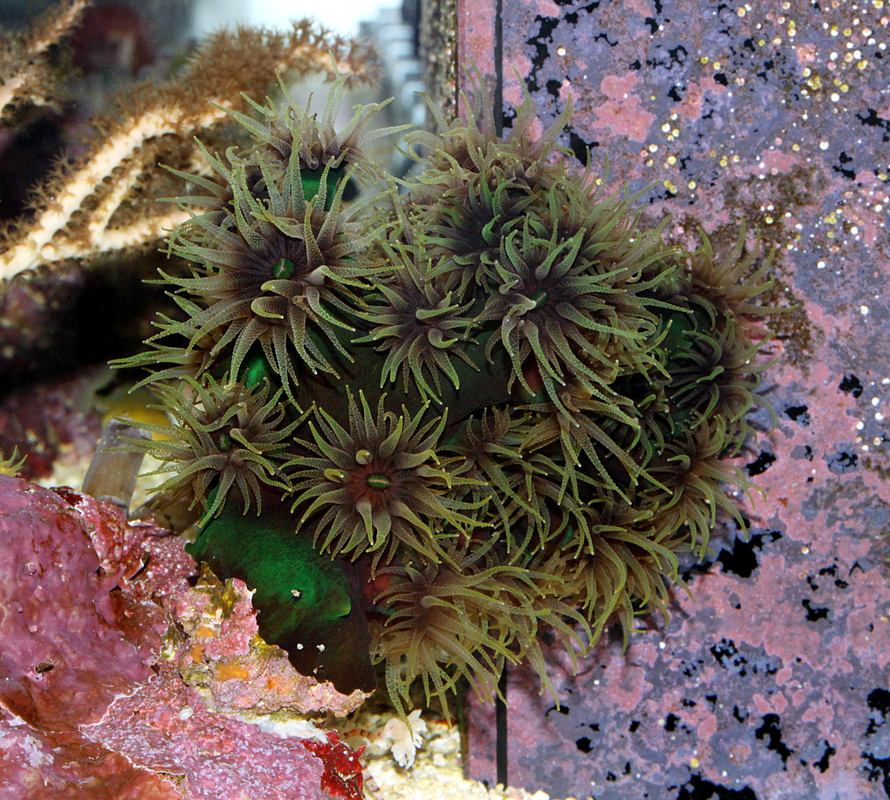
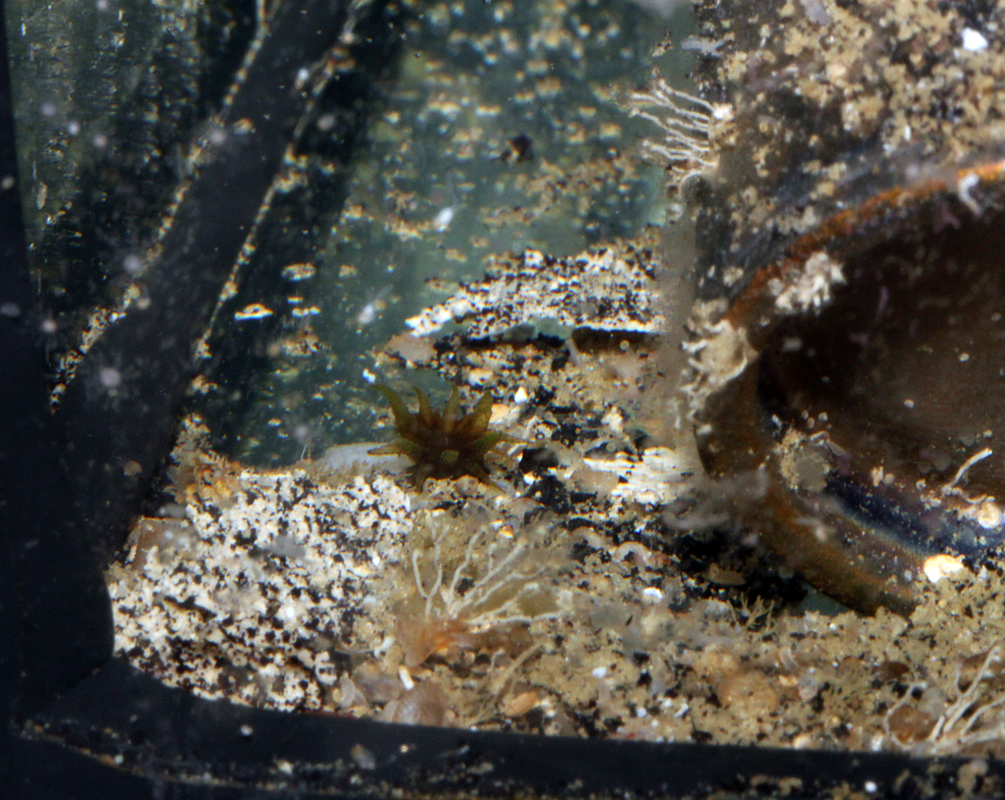
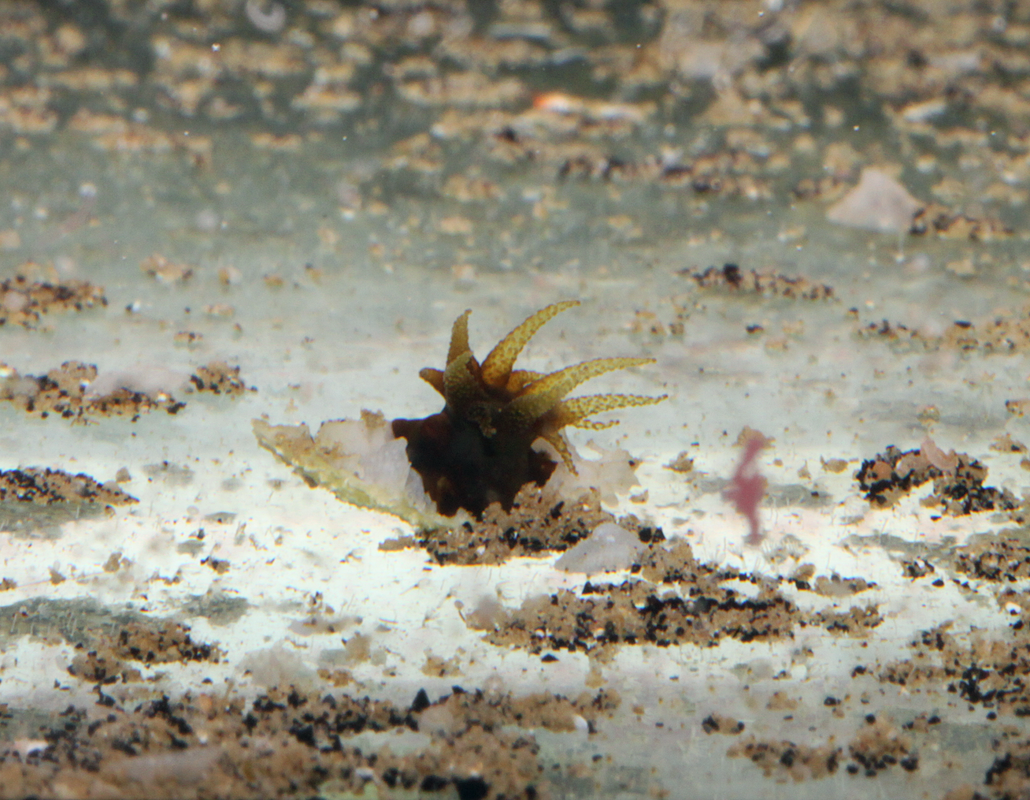
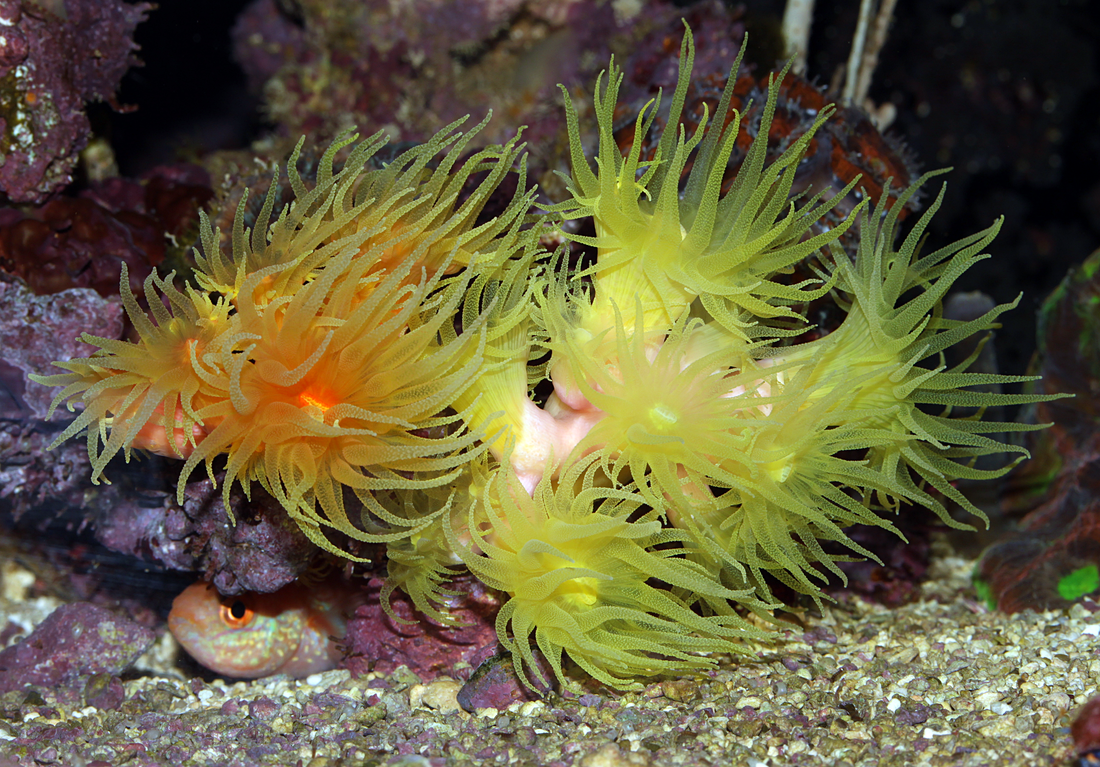
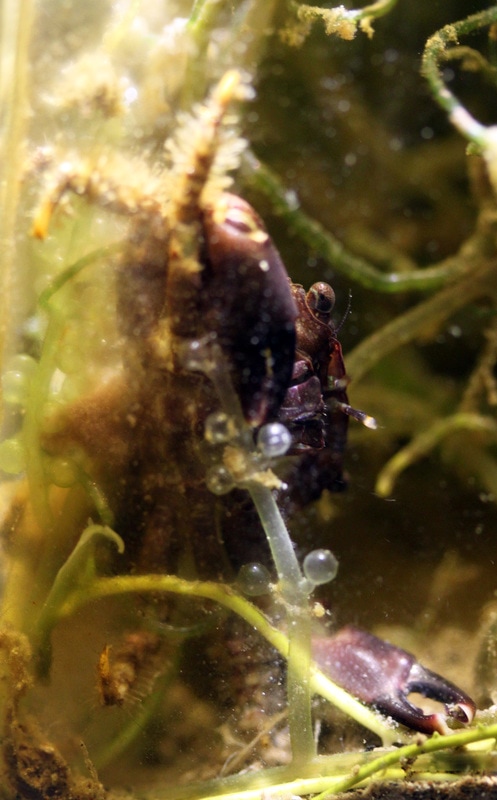
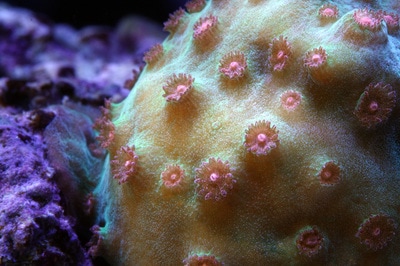
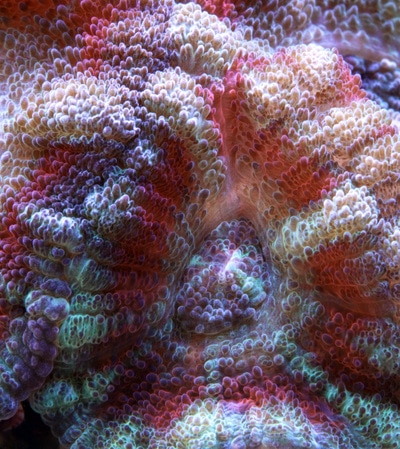
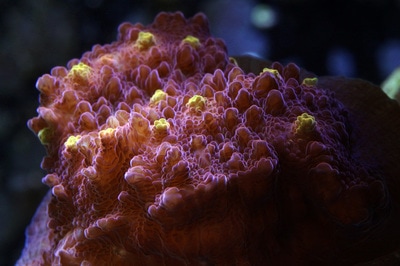
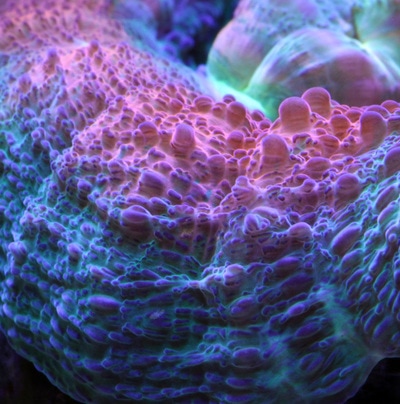
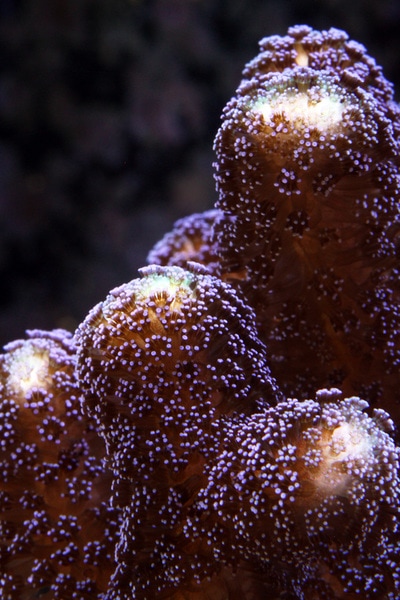
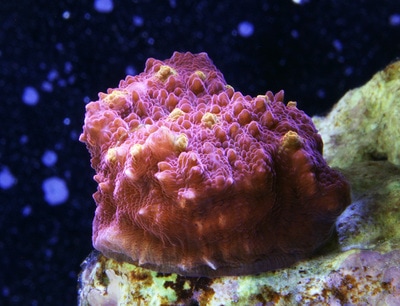
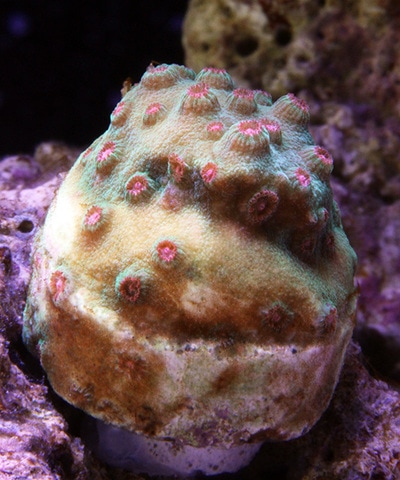
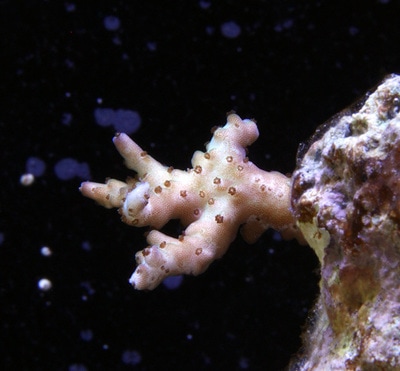
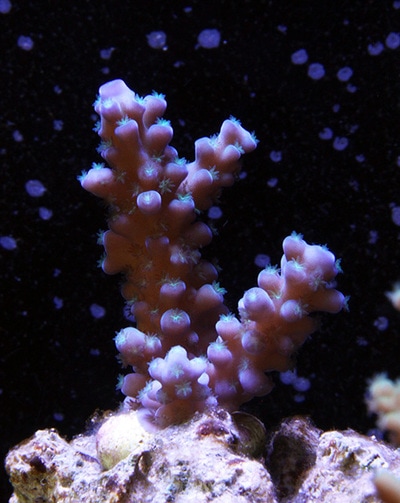
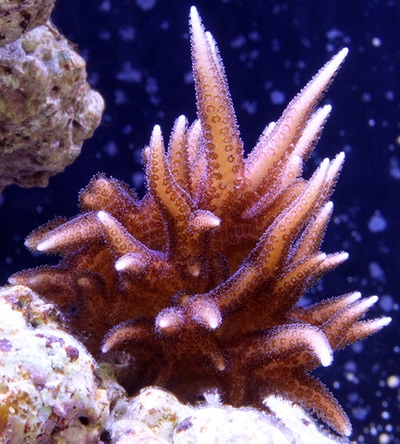
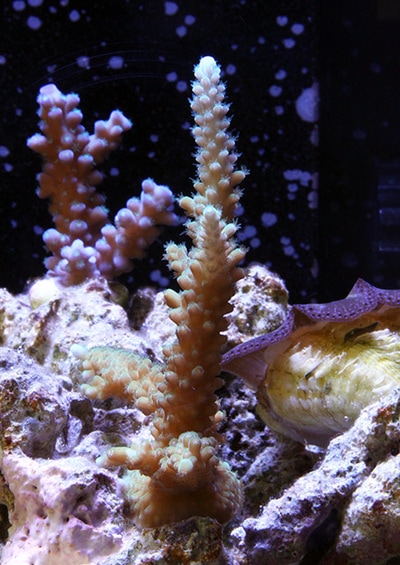
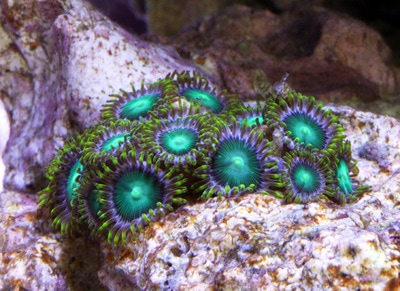
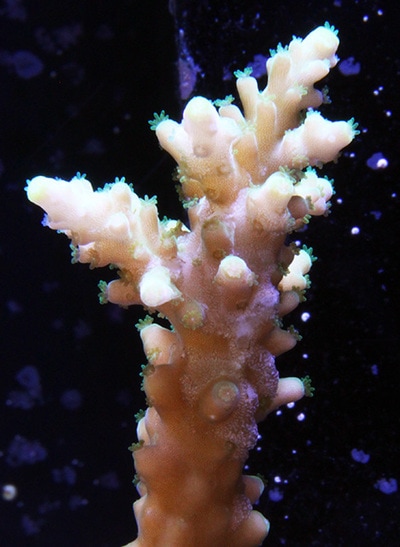
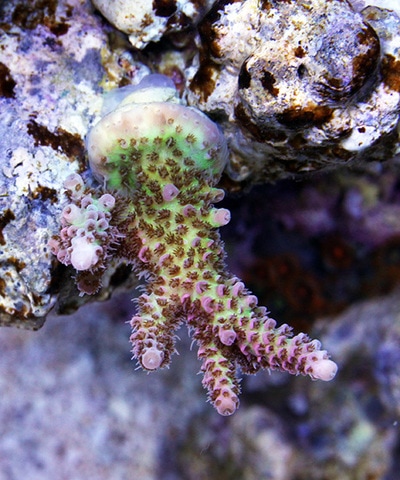
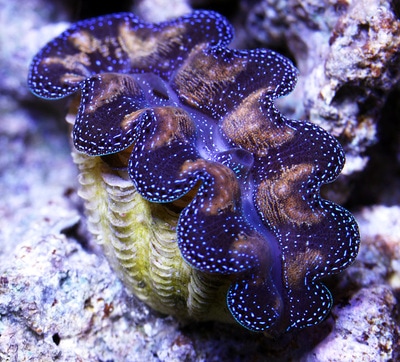
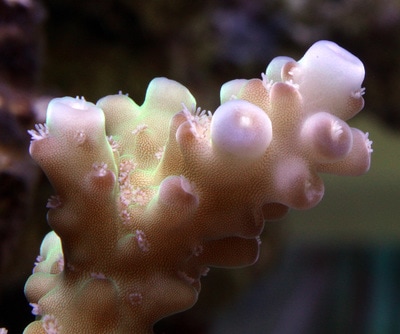
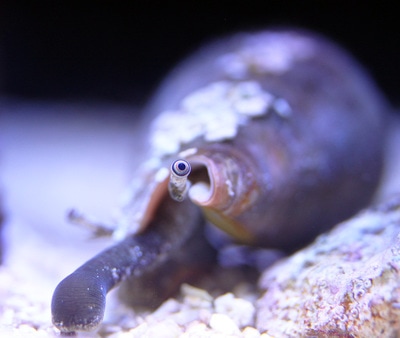
 RSS Feed
RSS Feed
